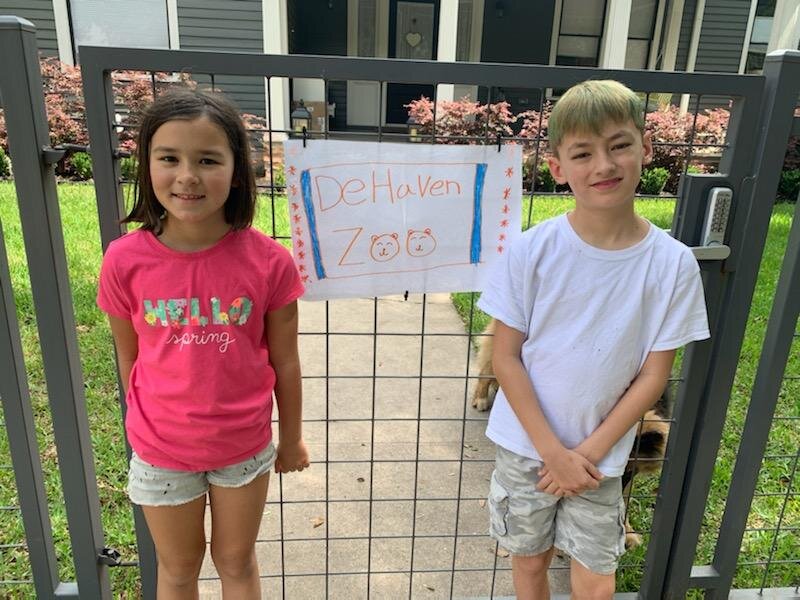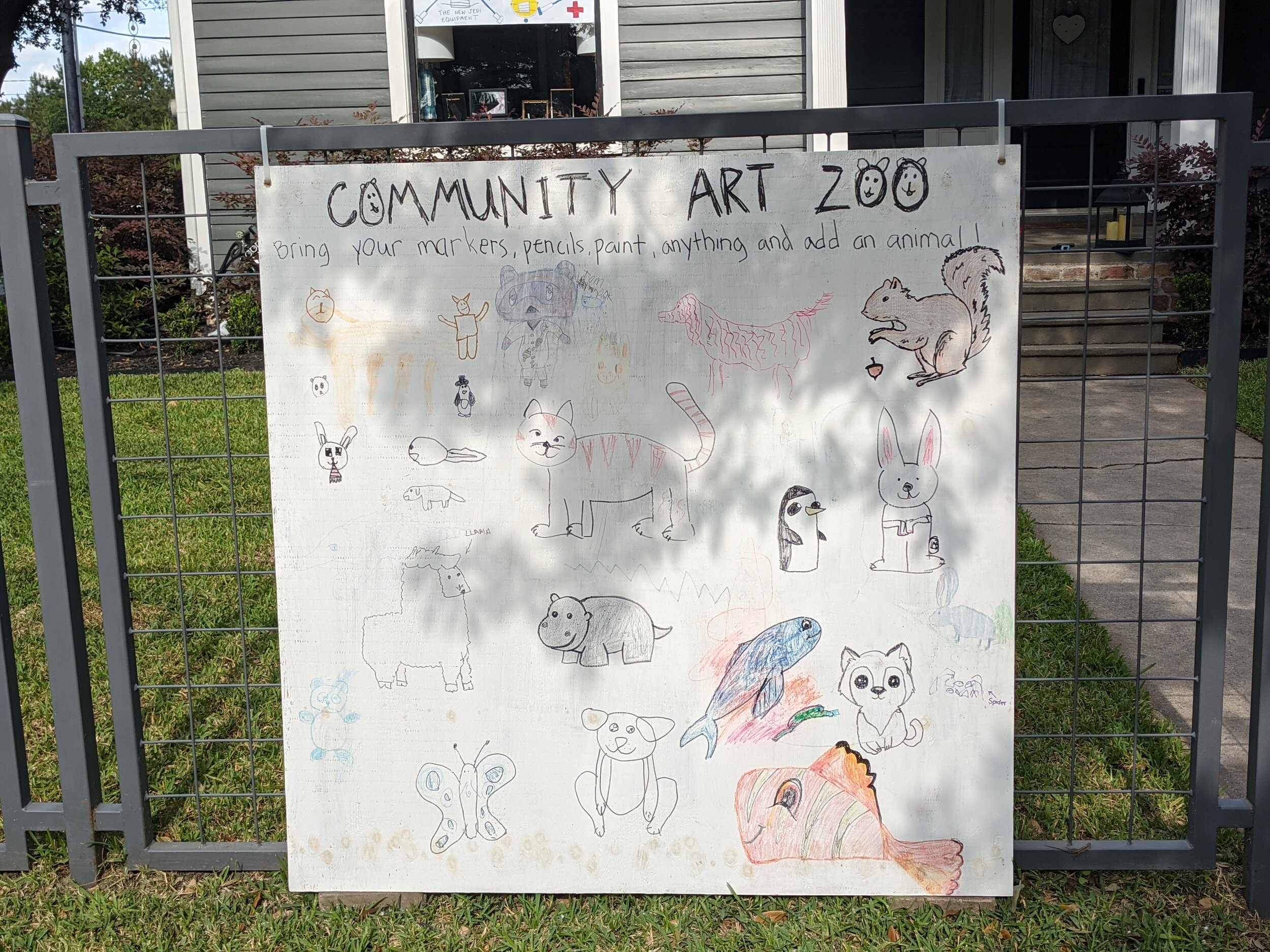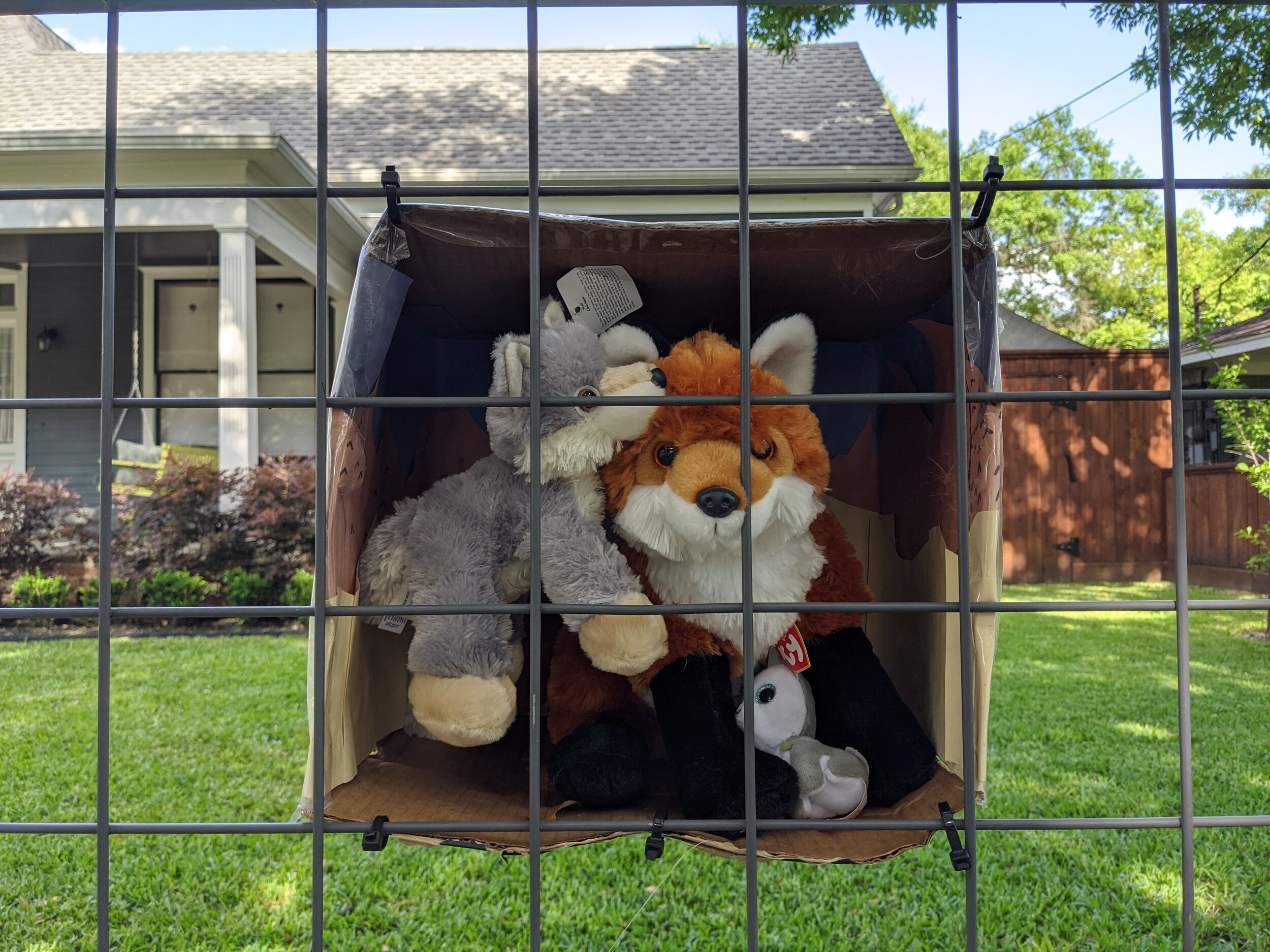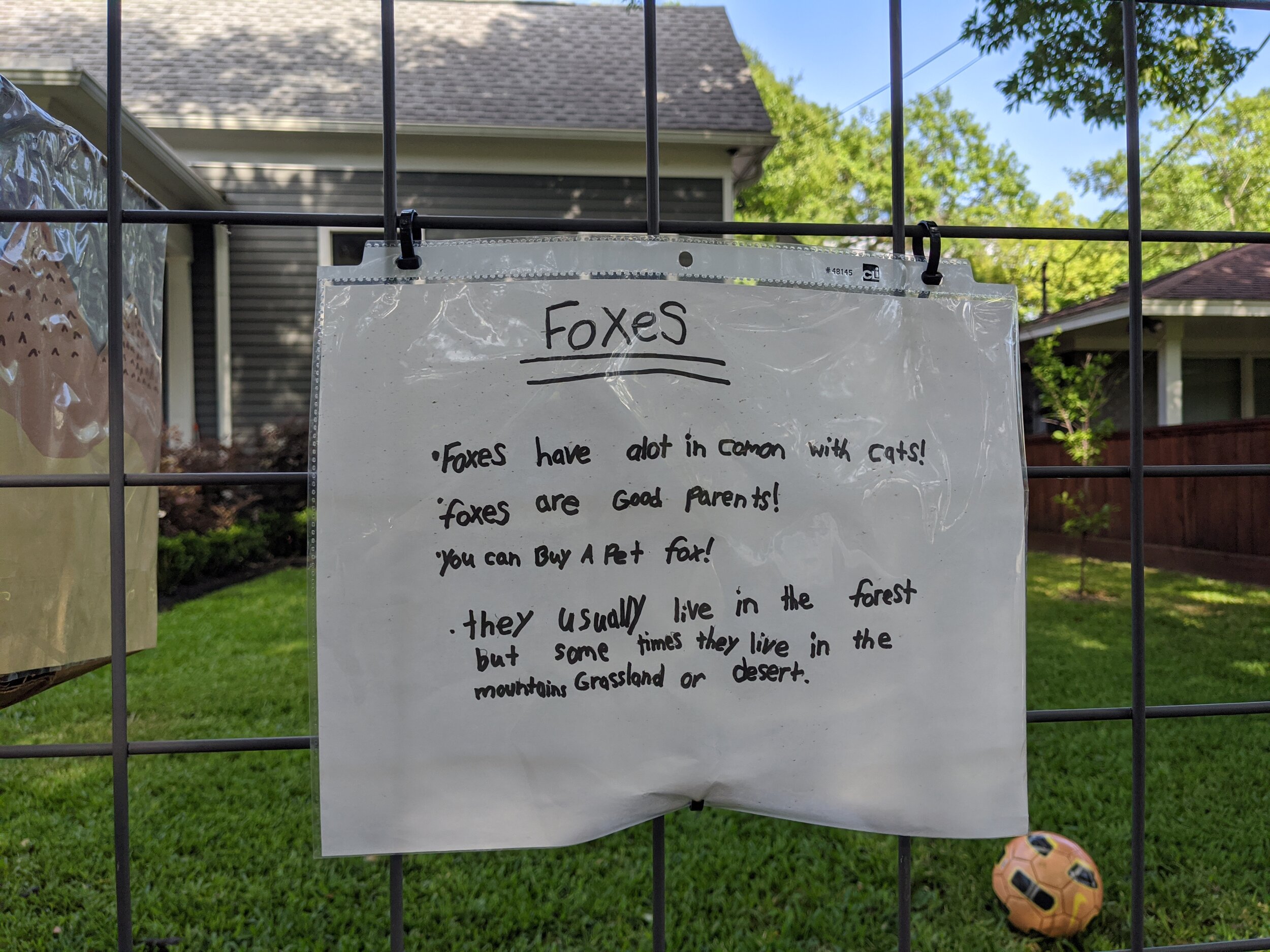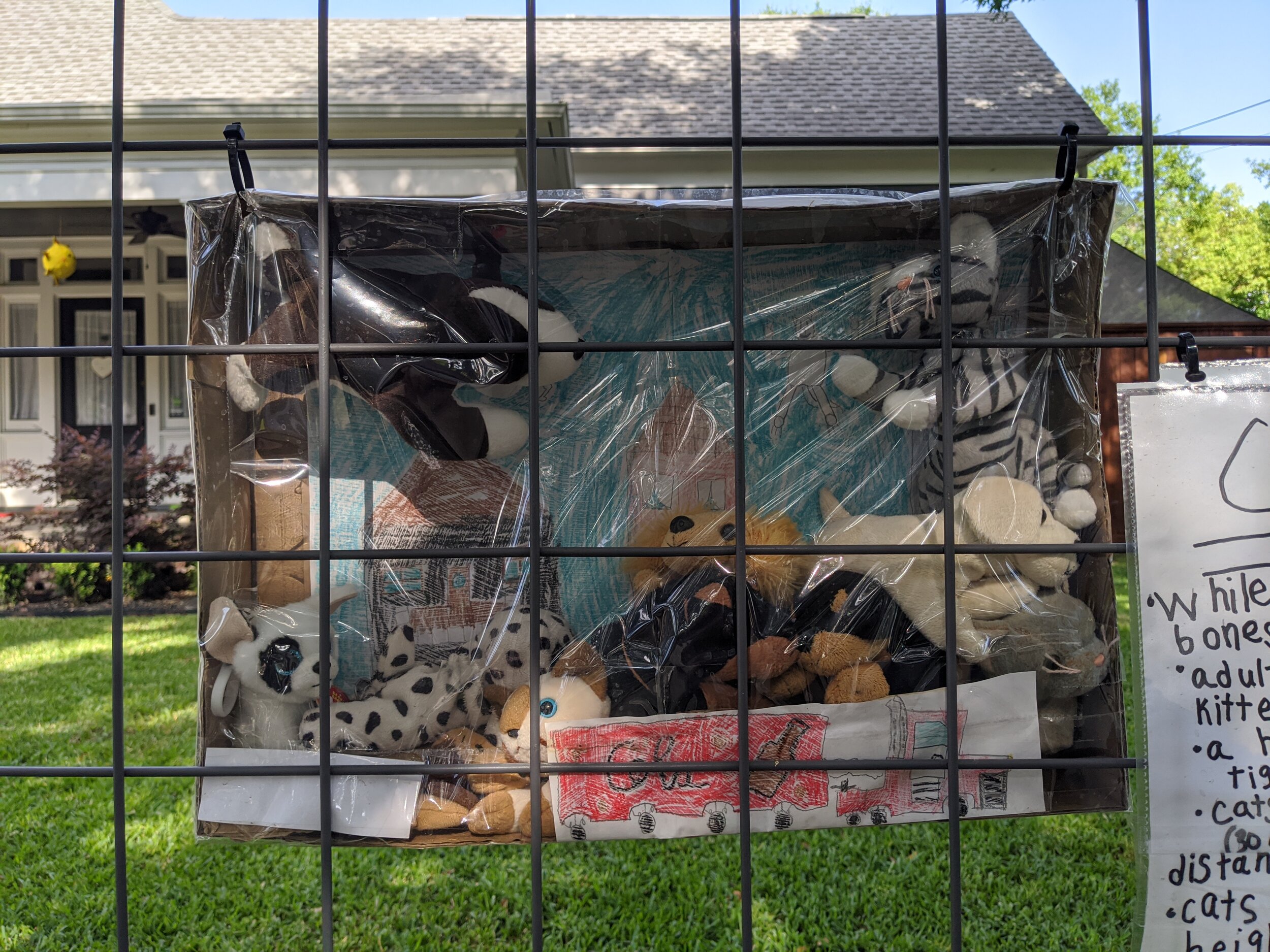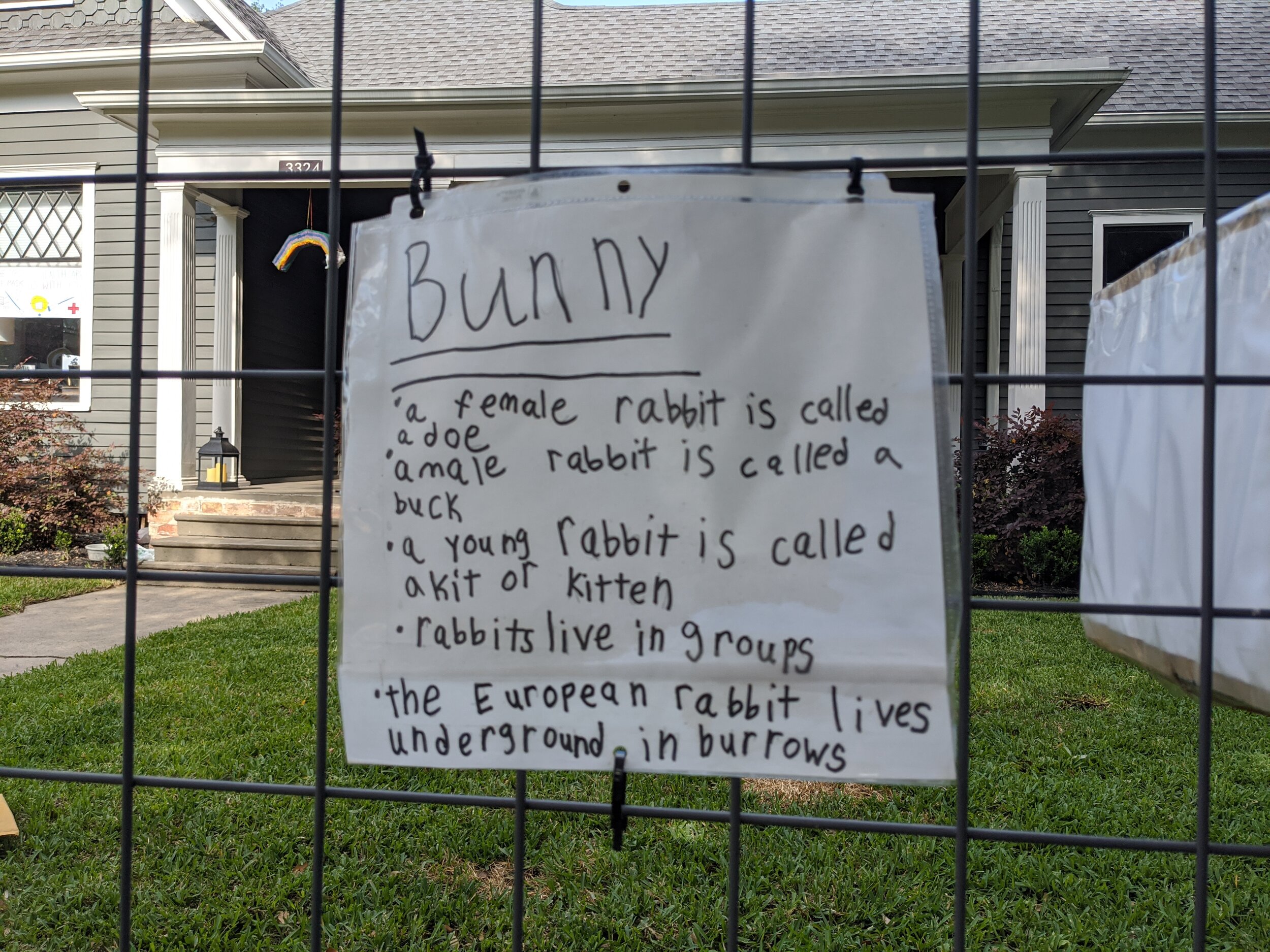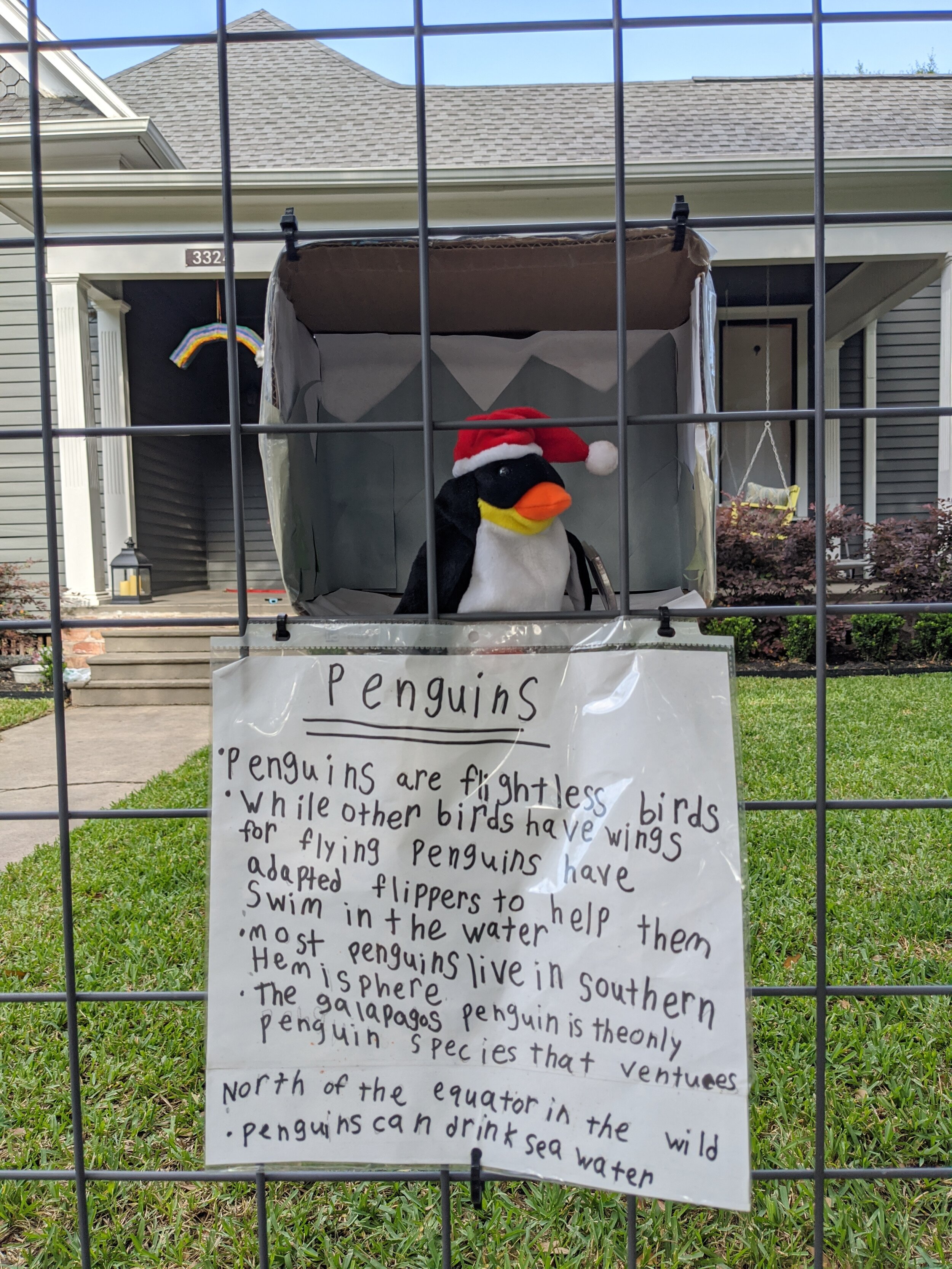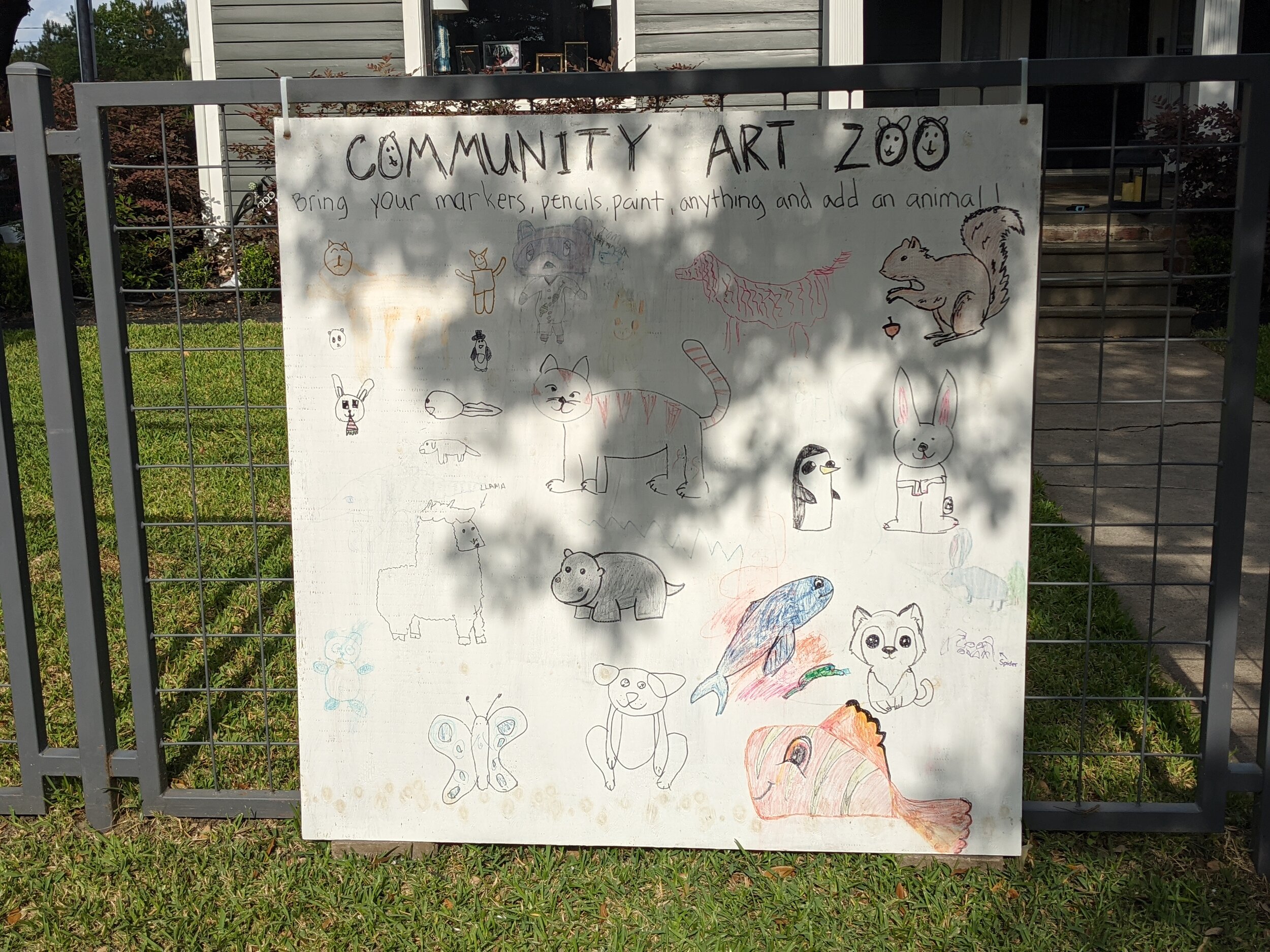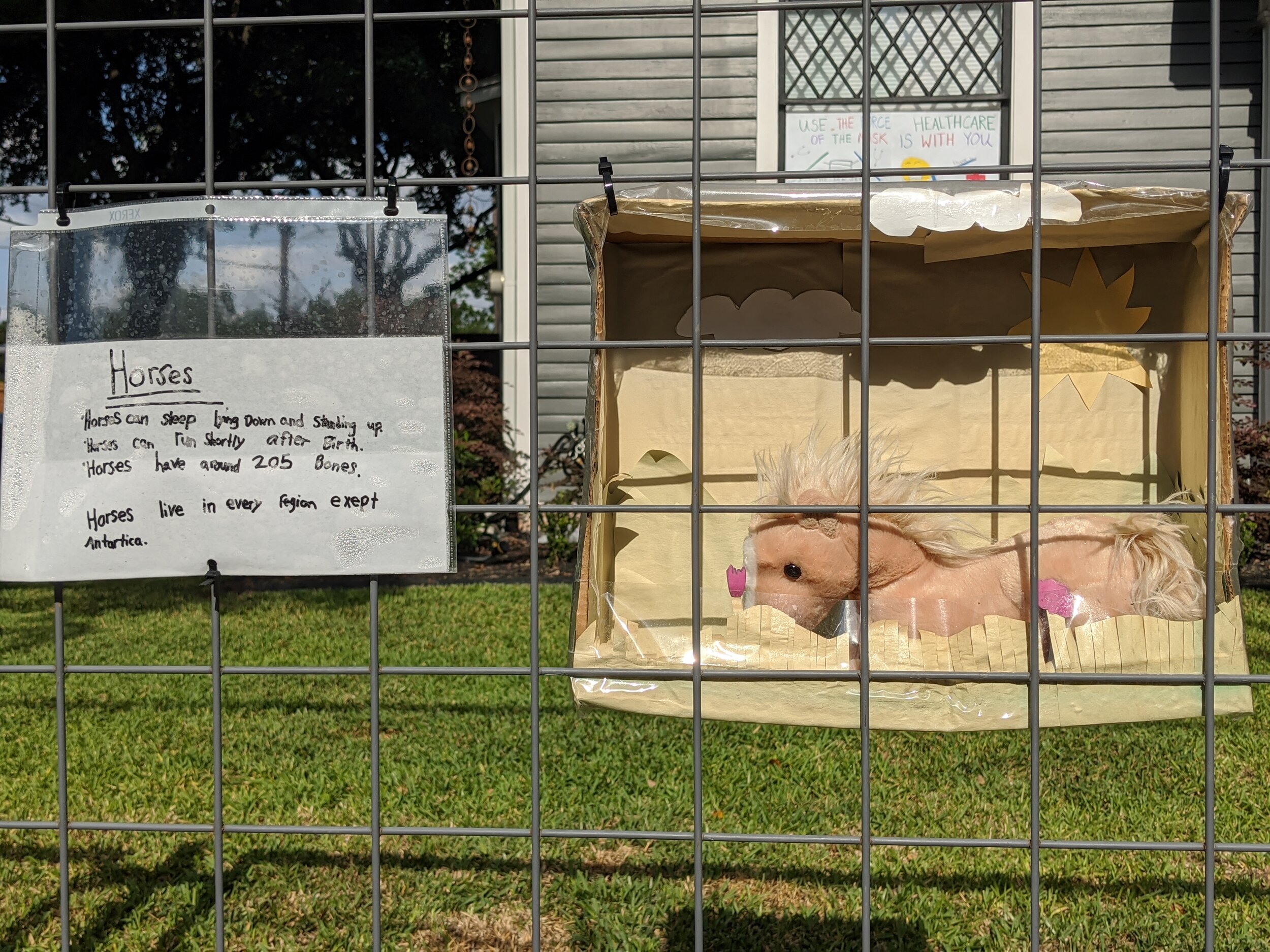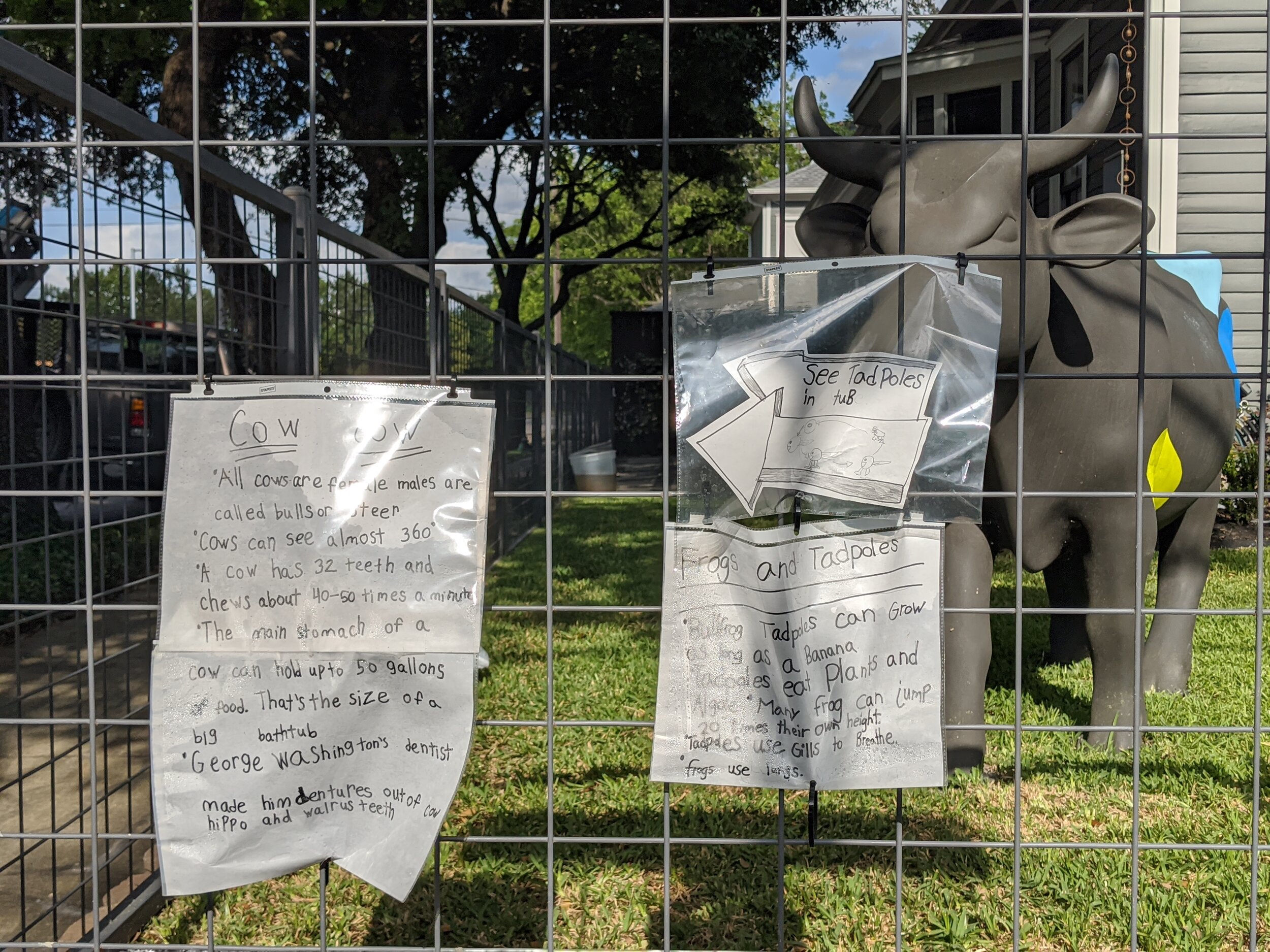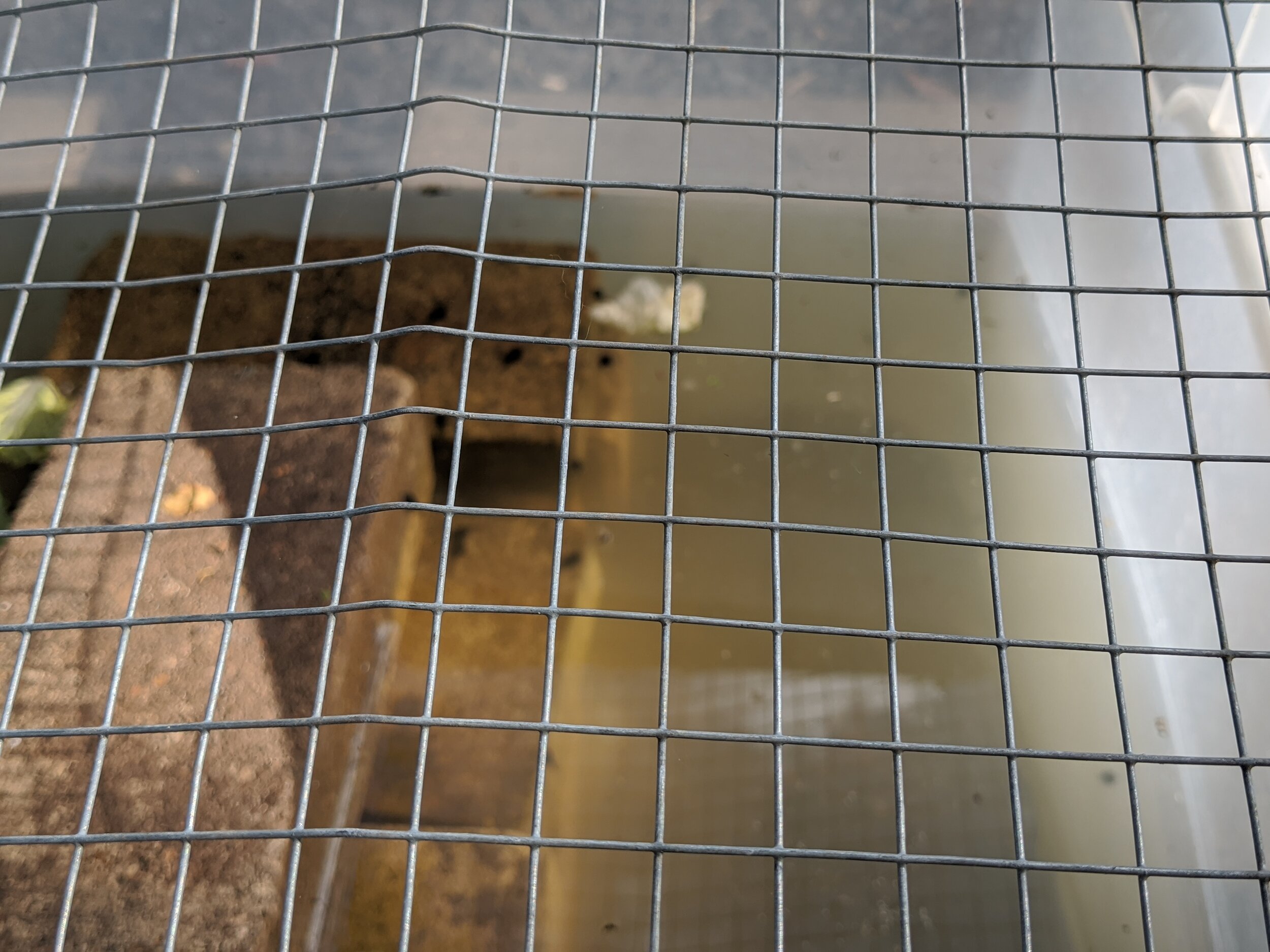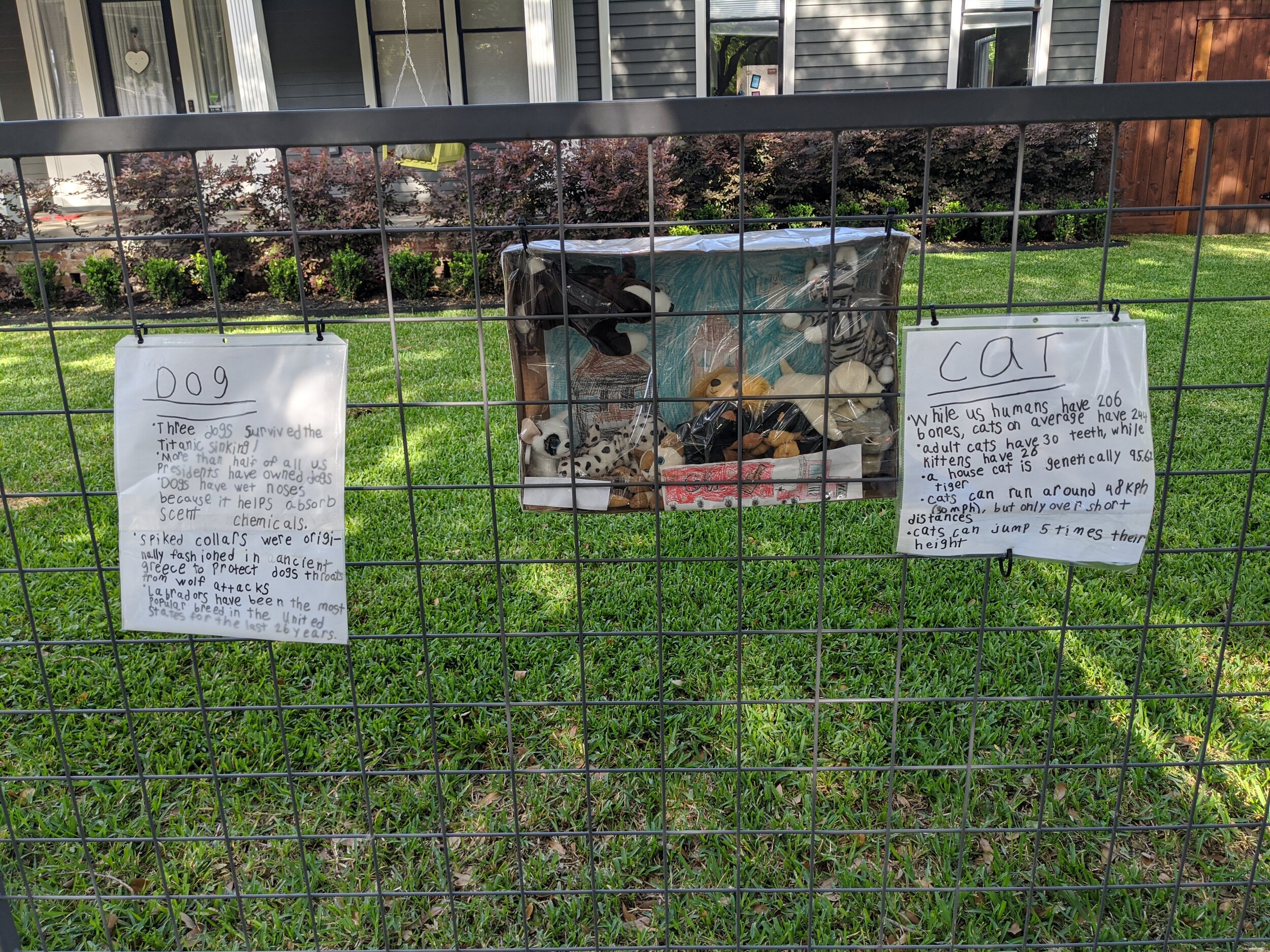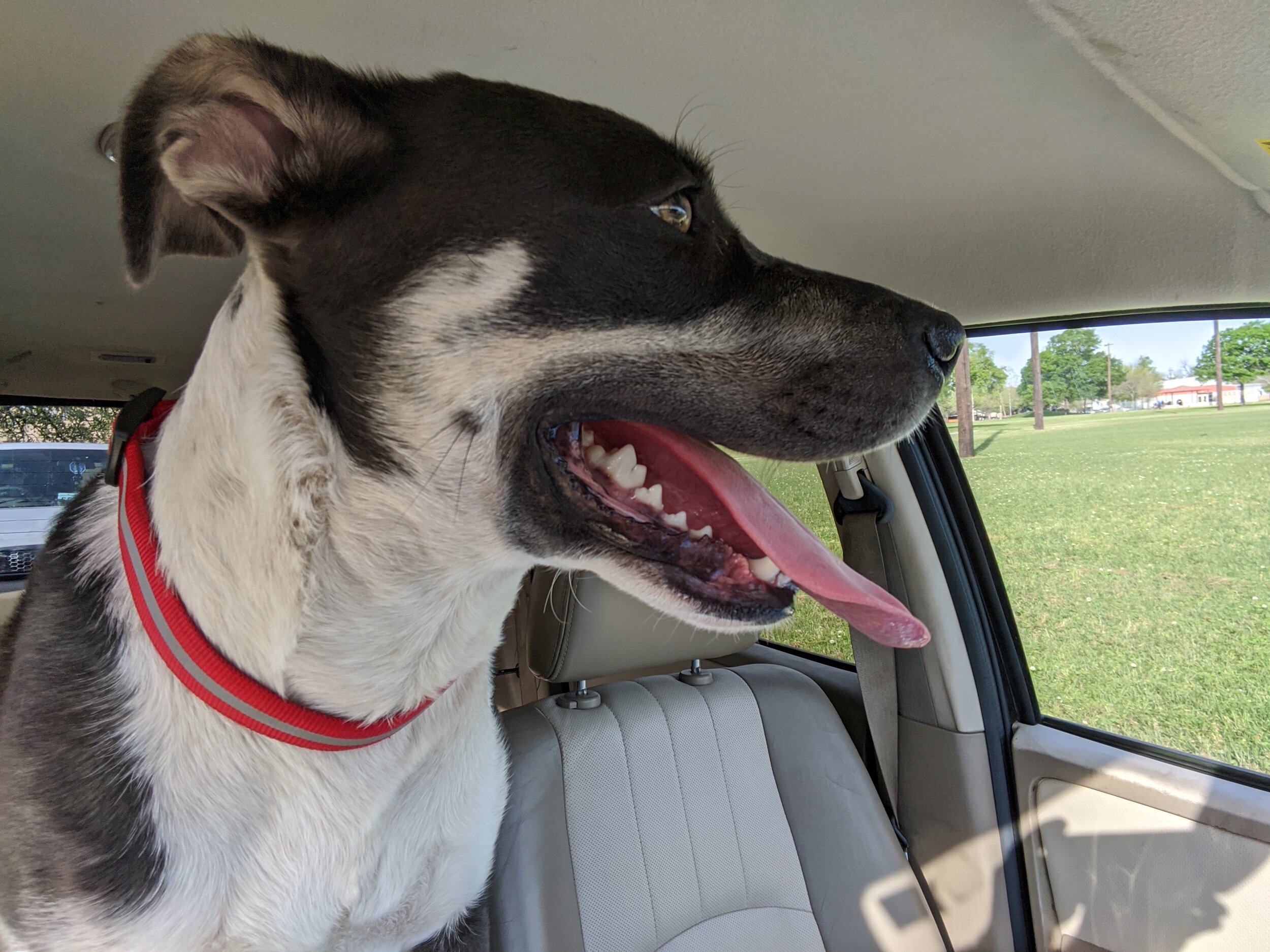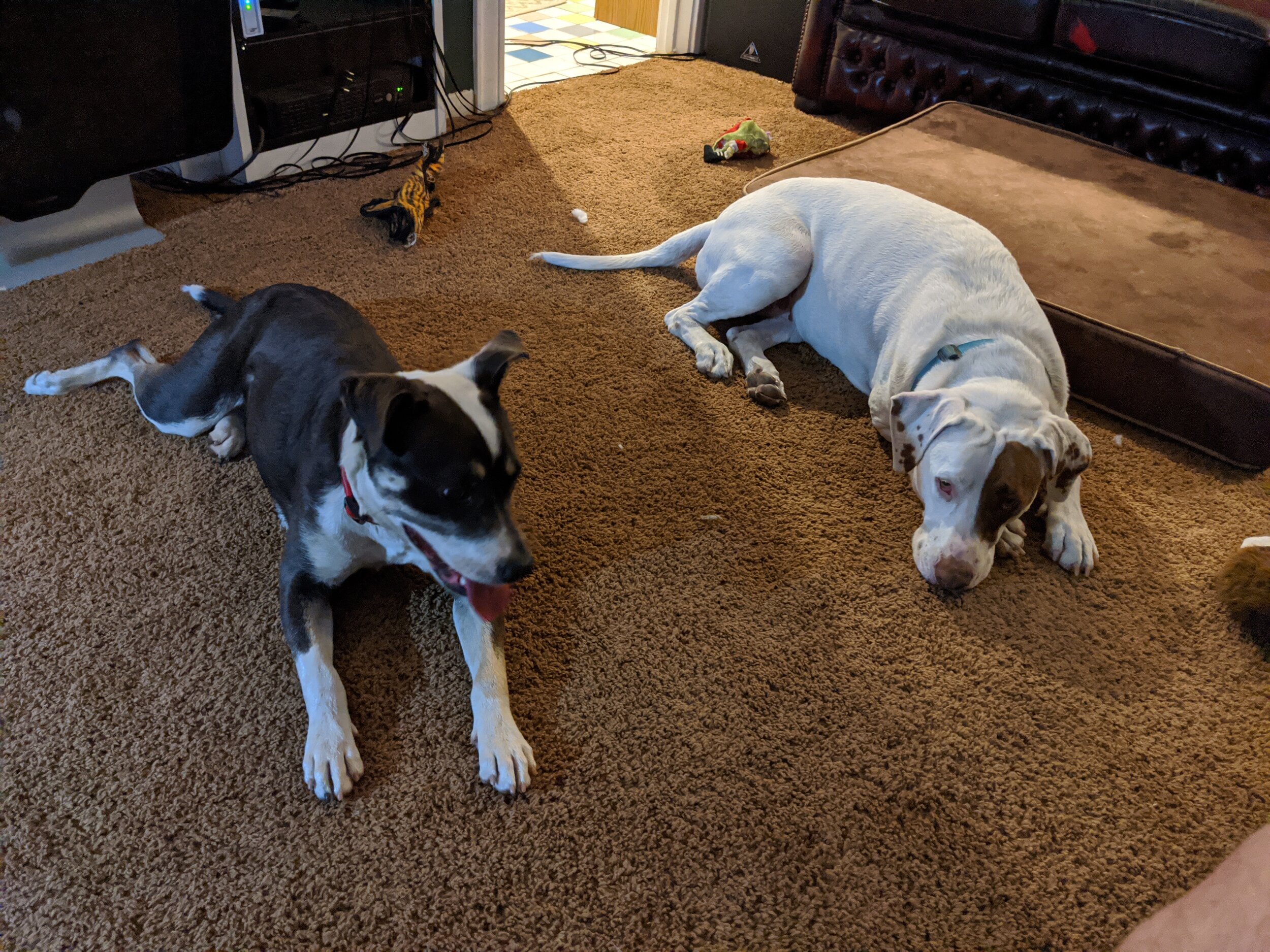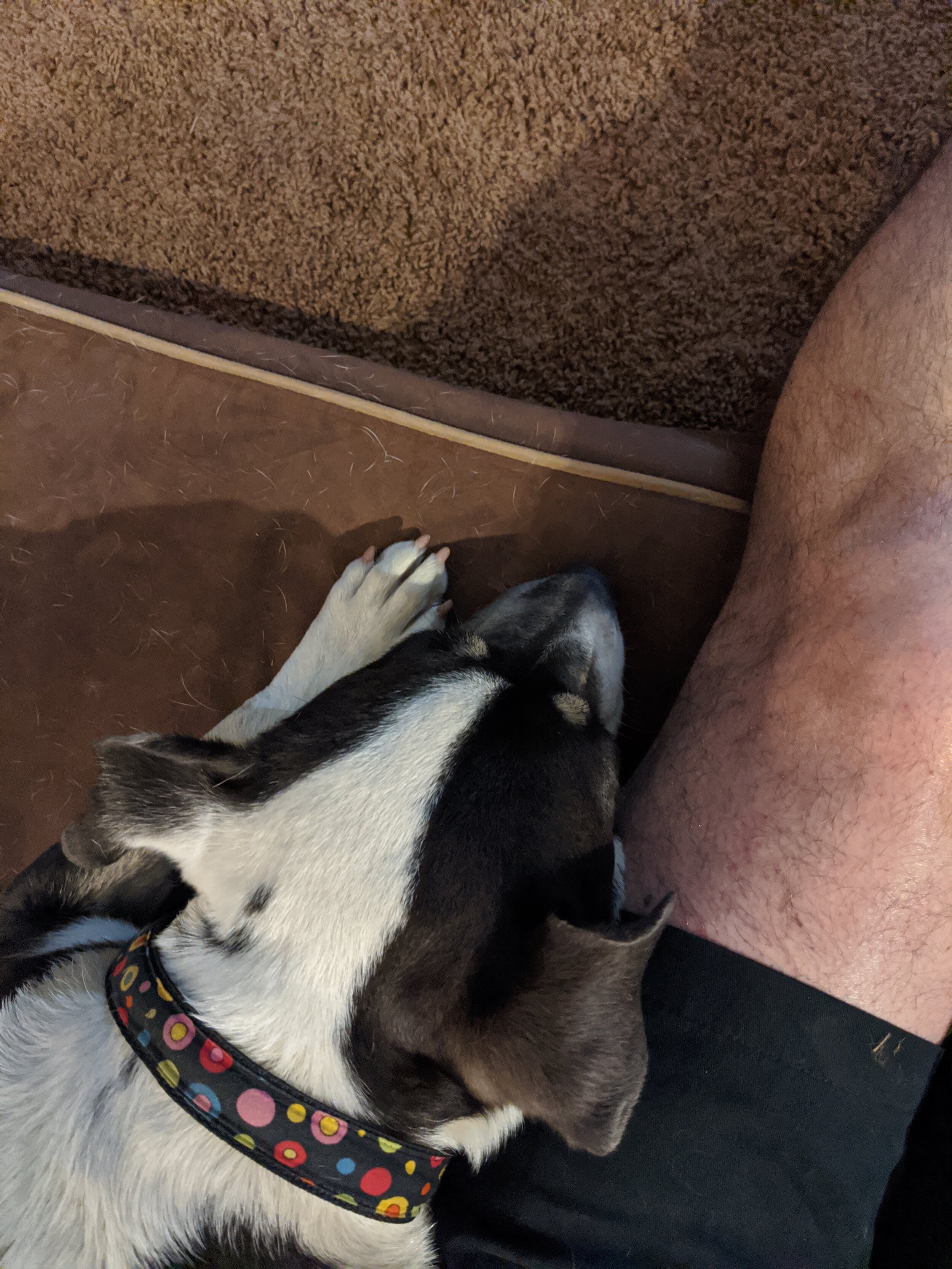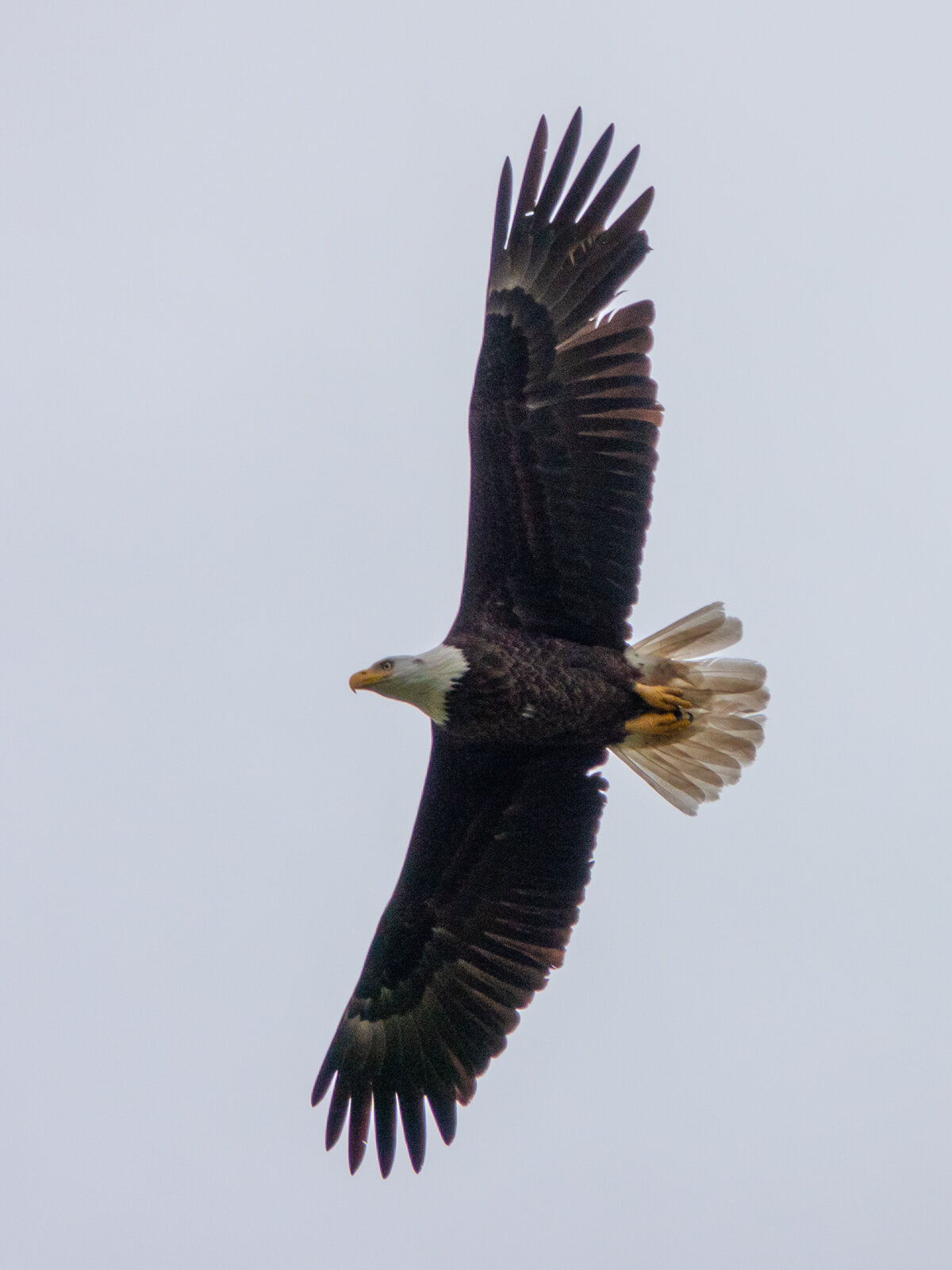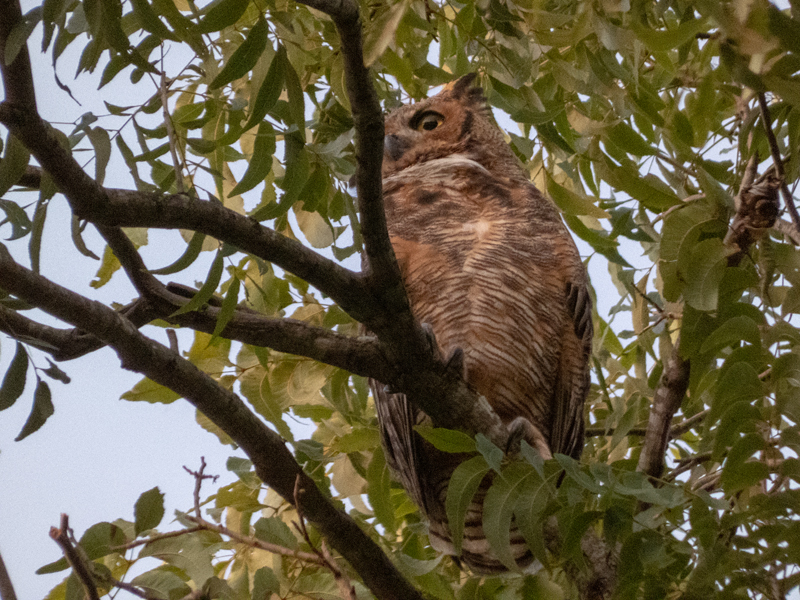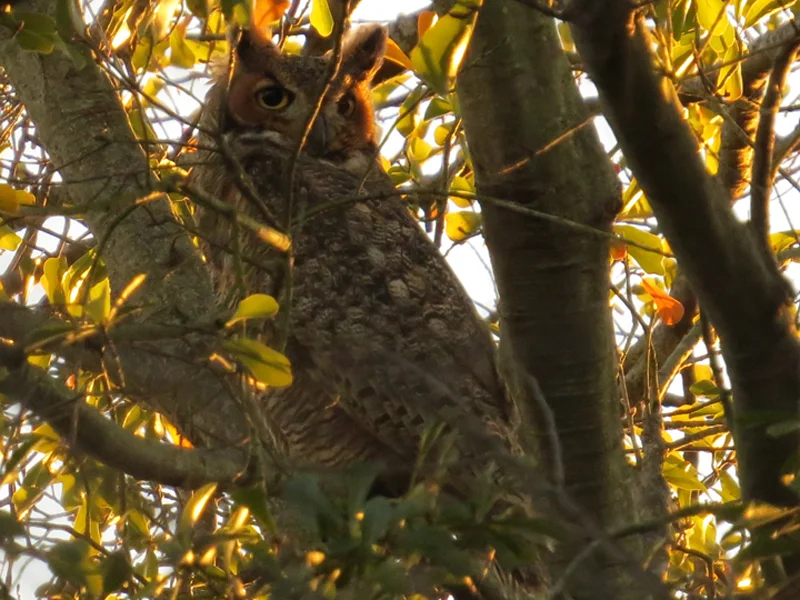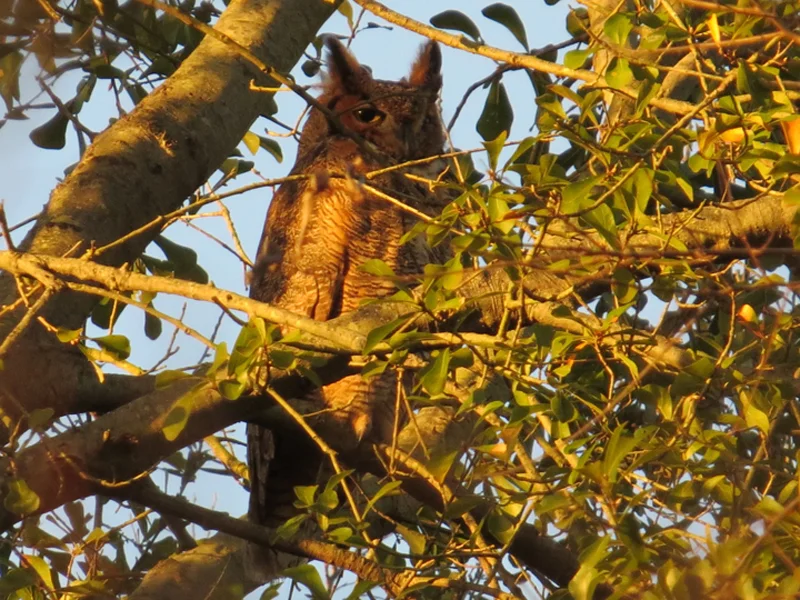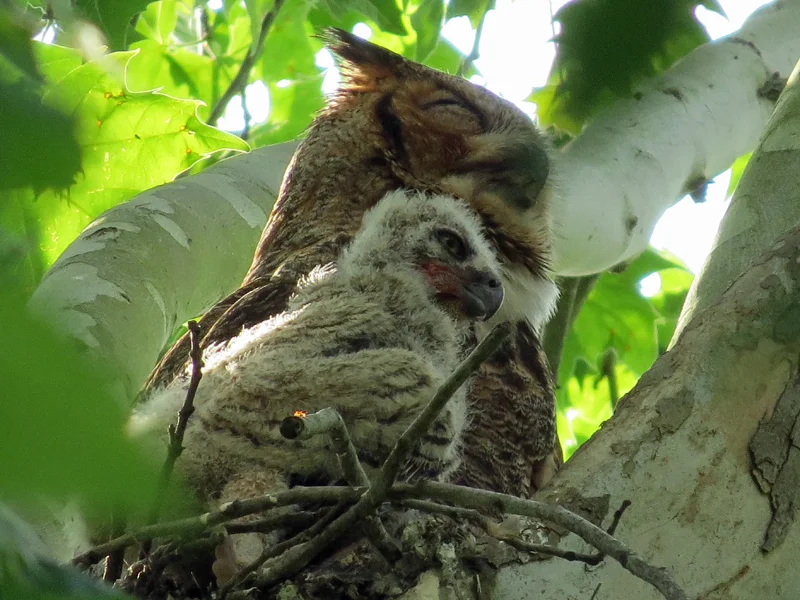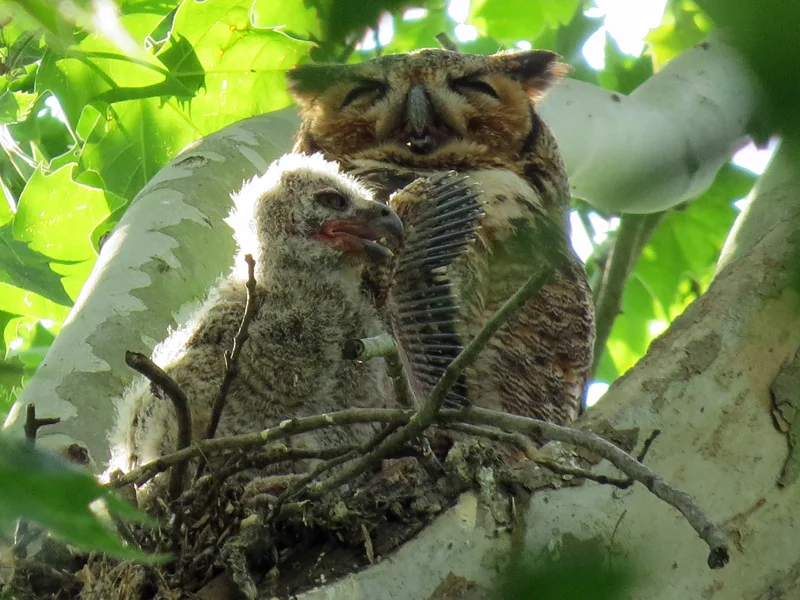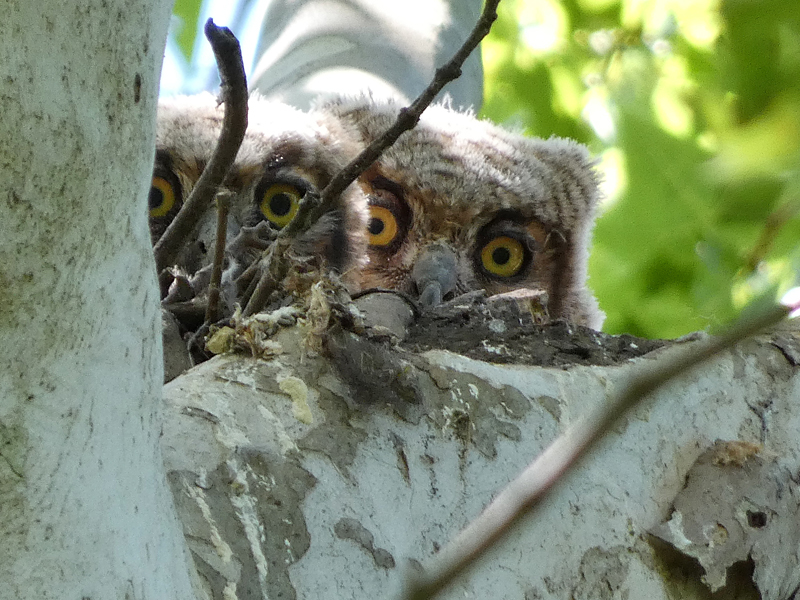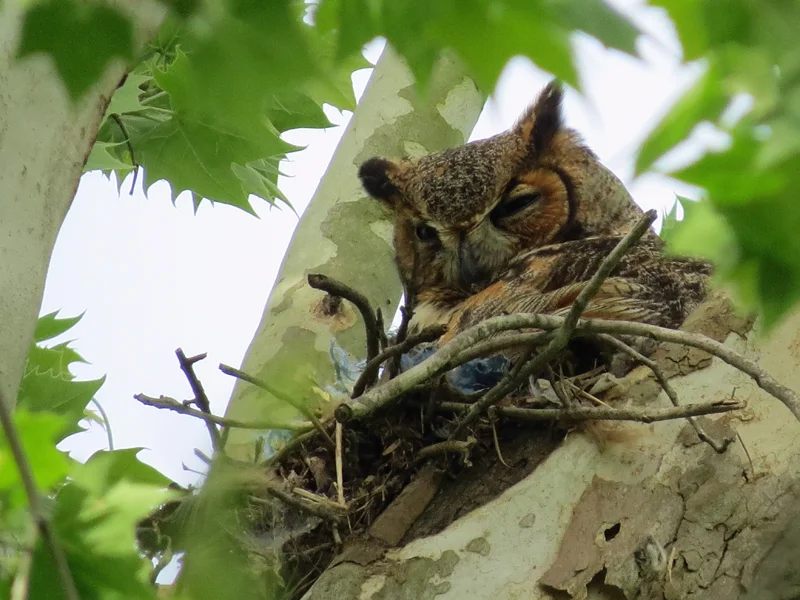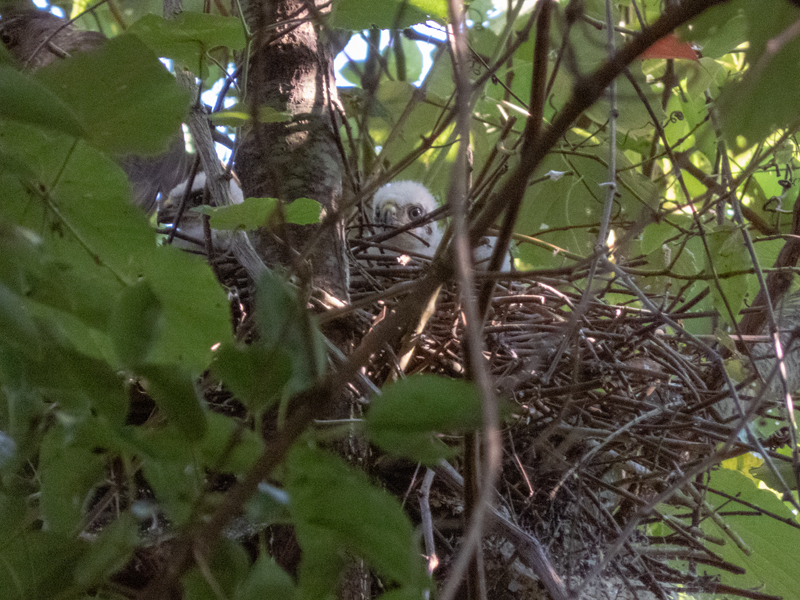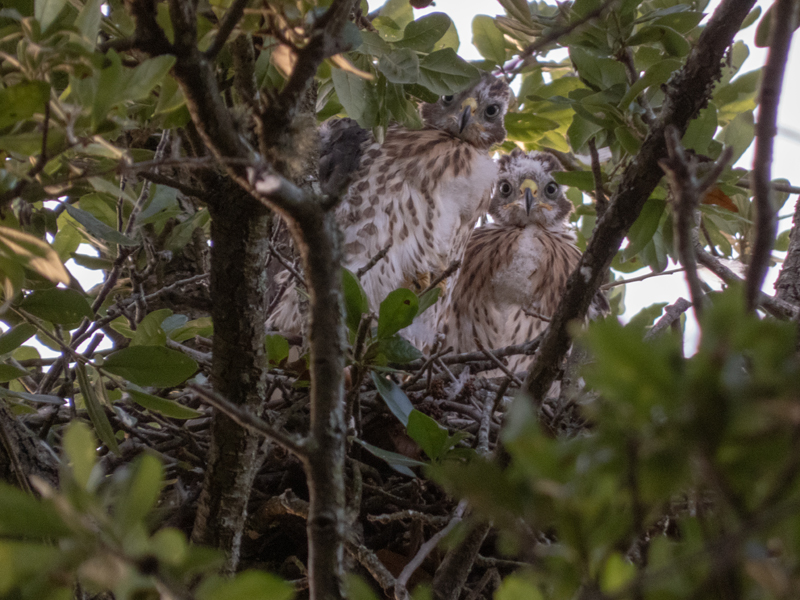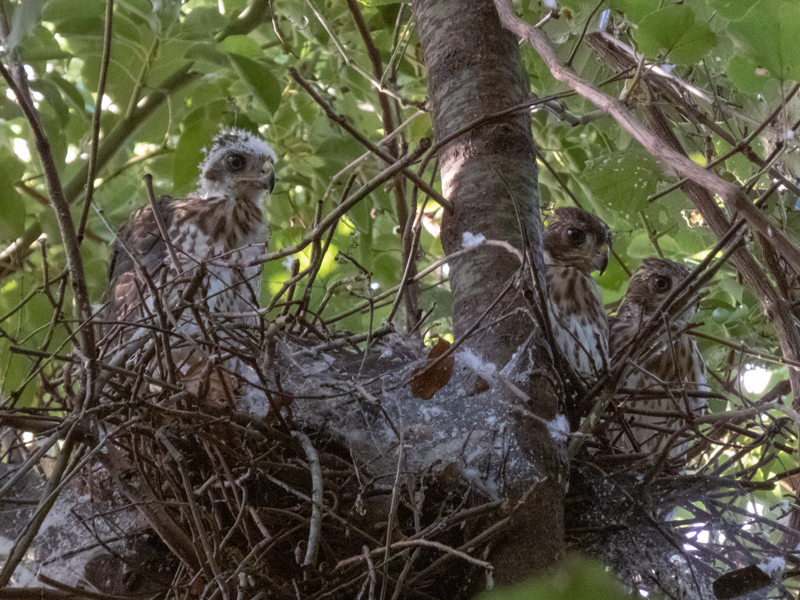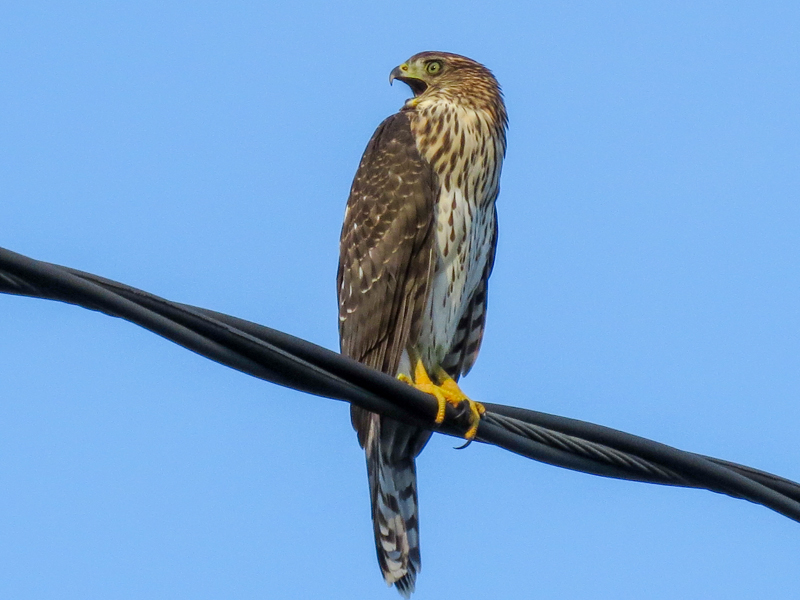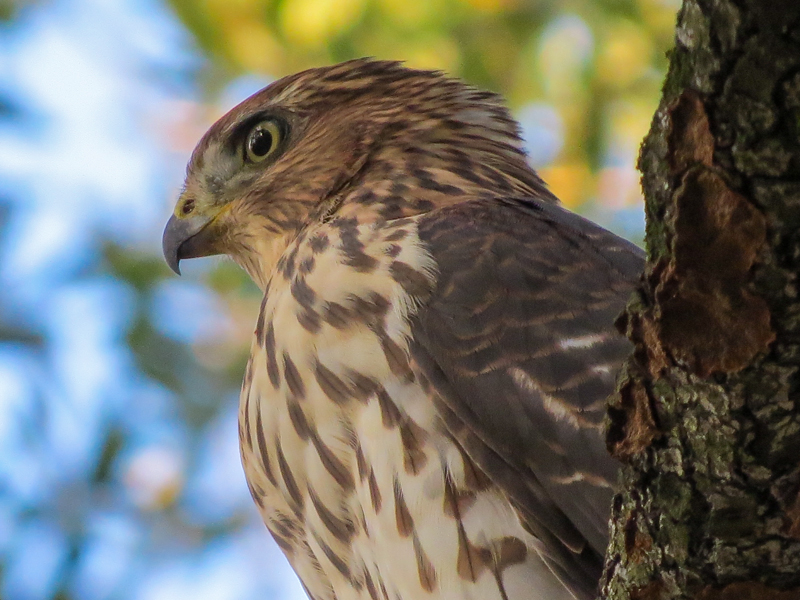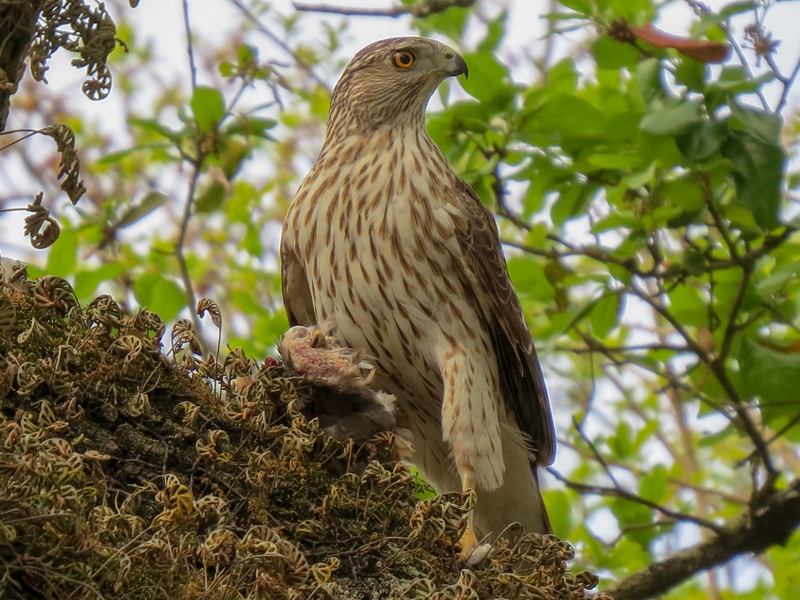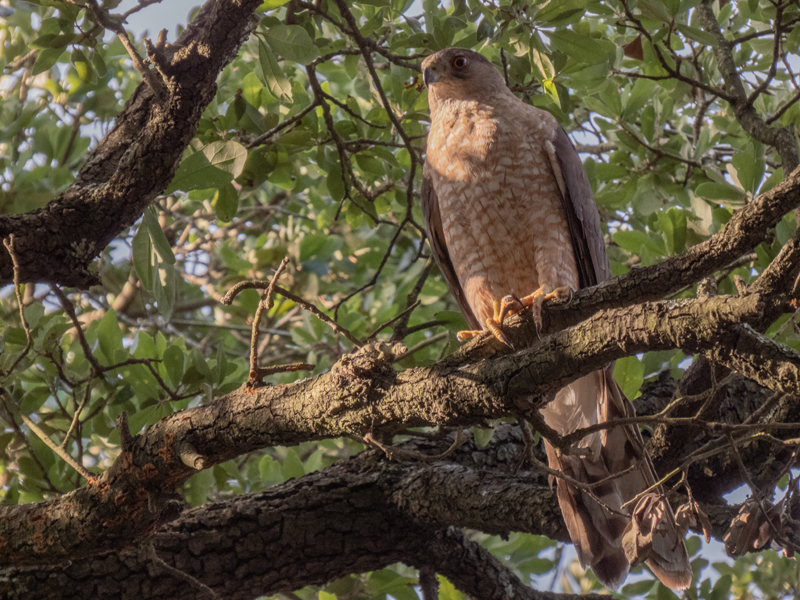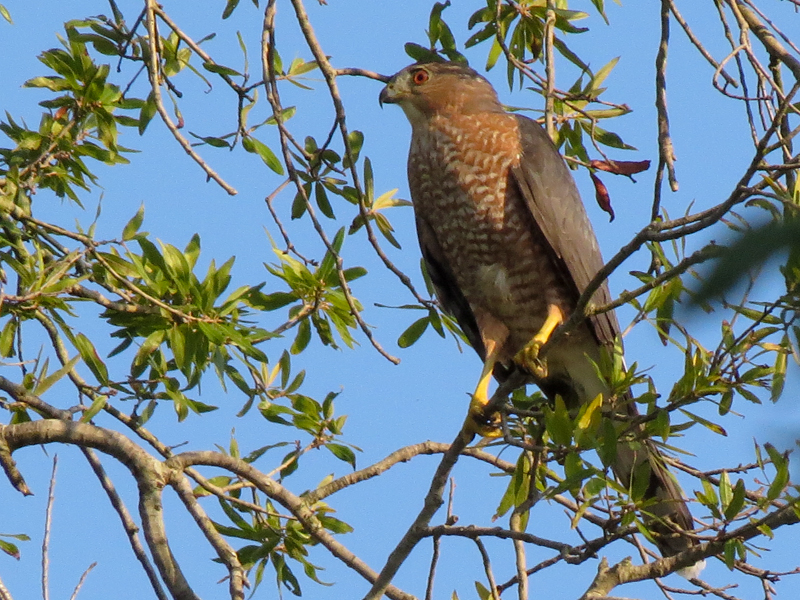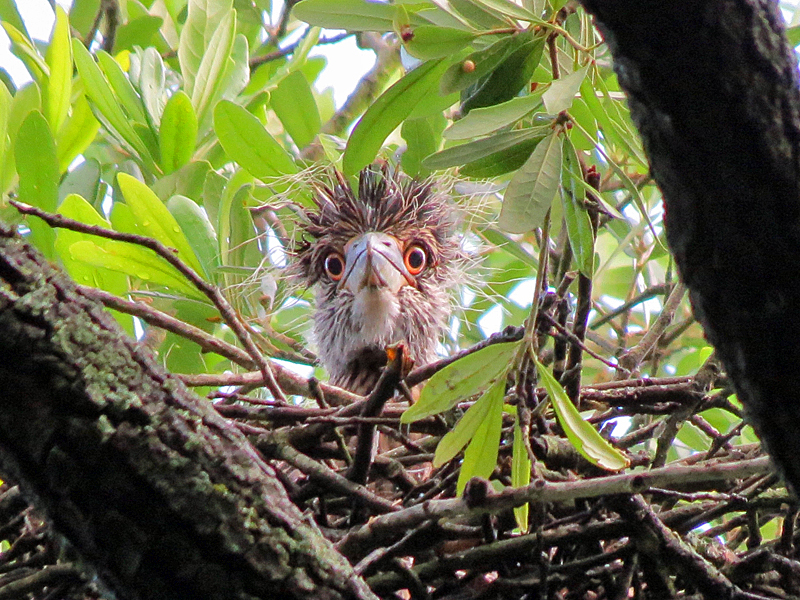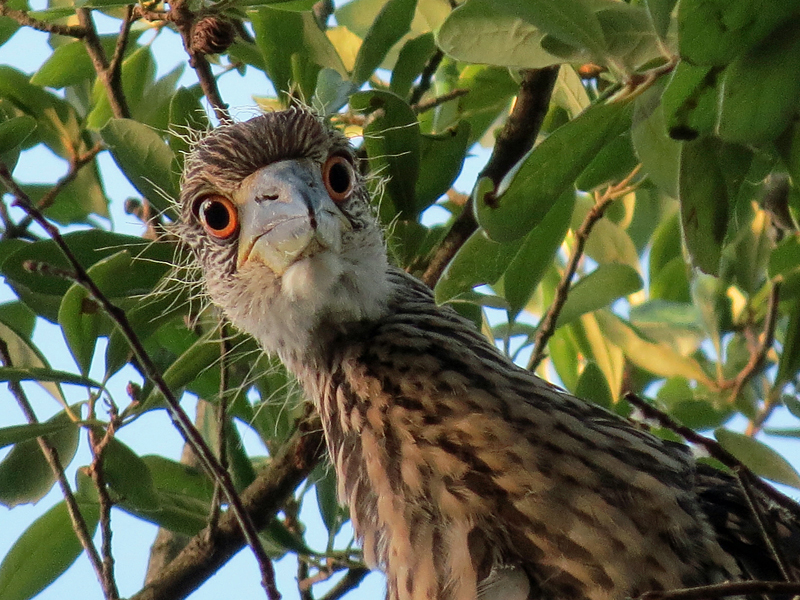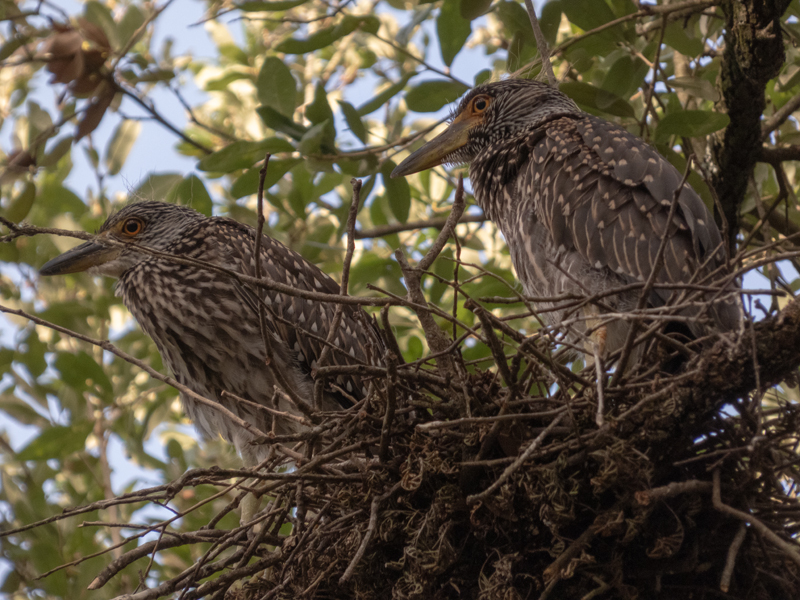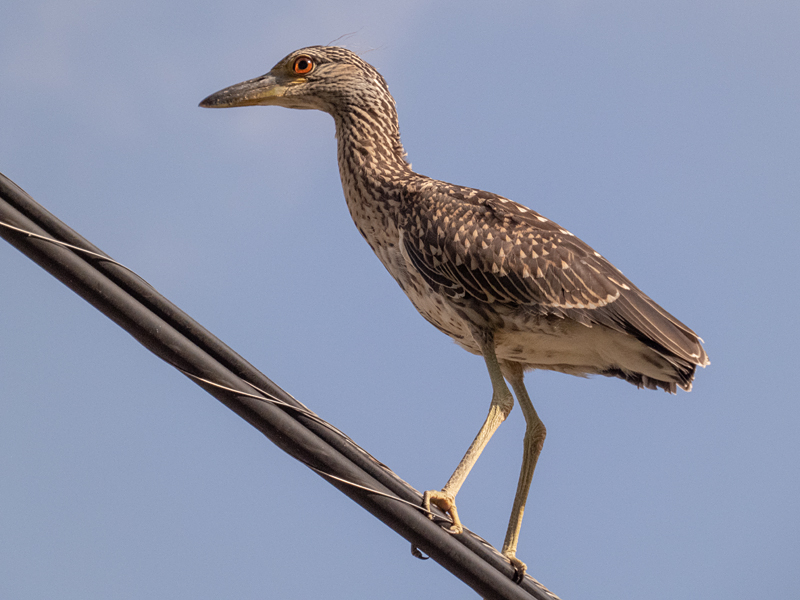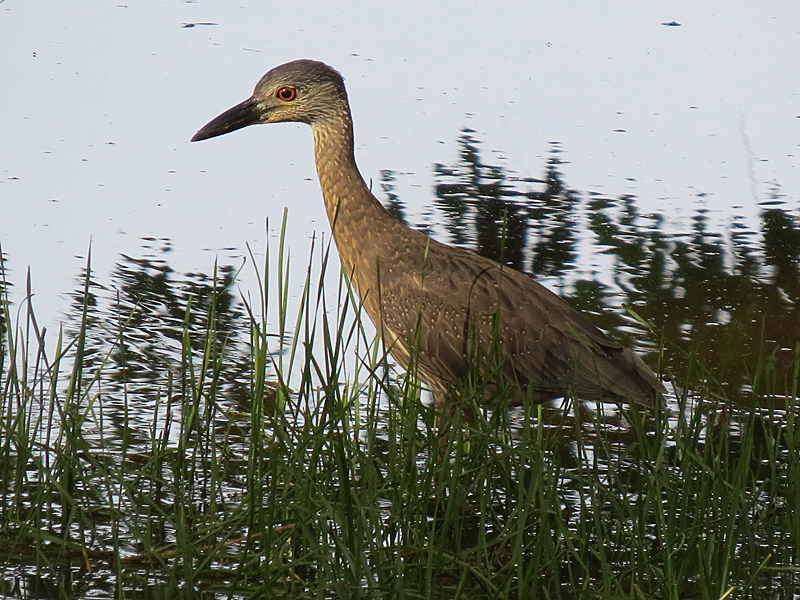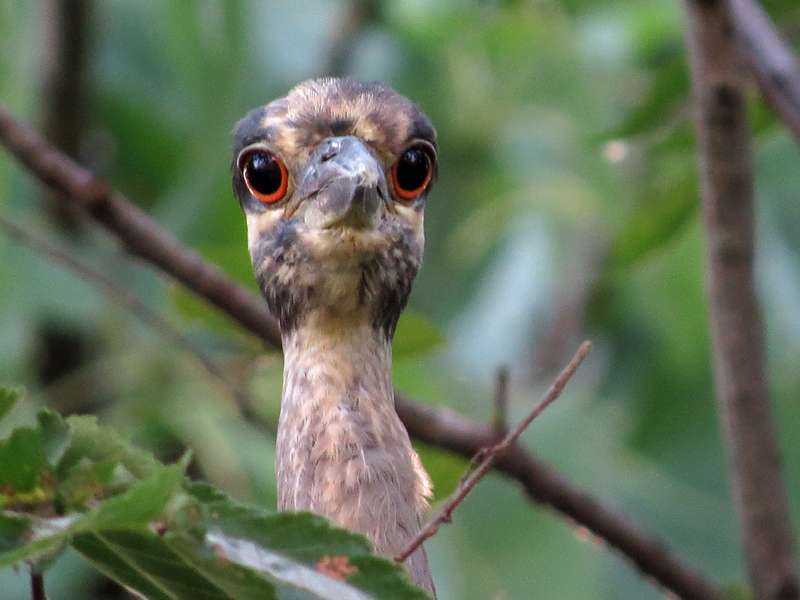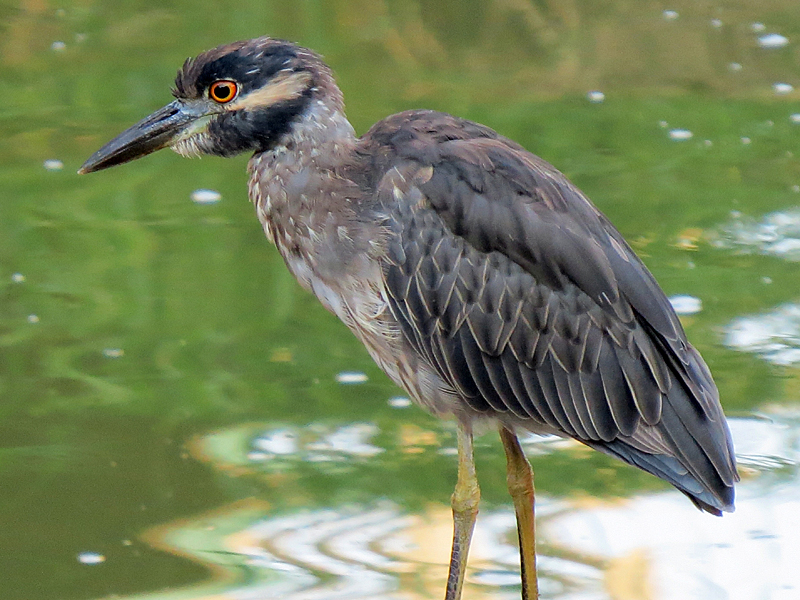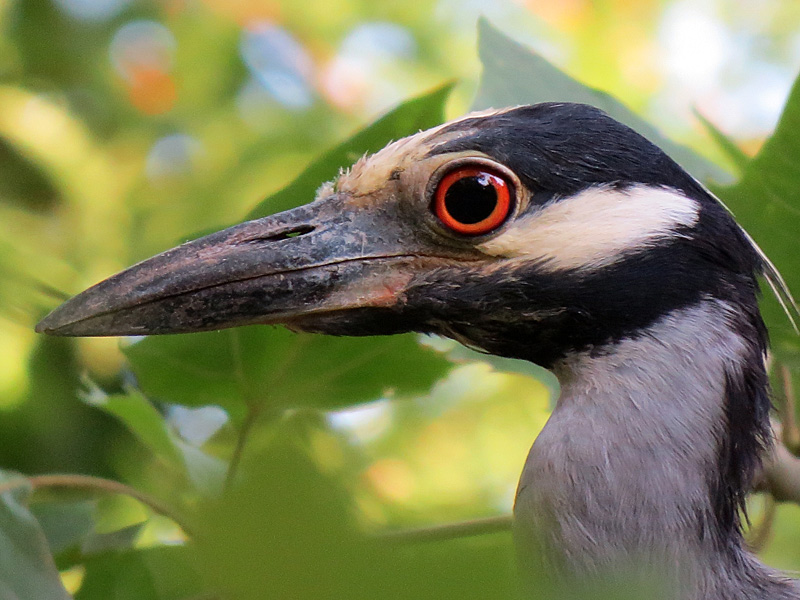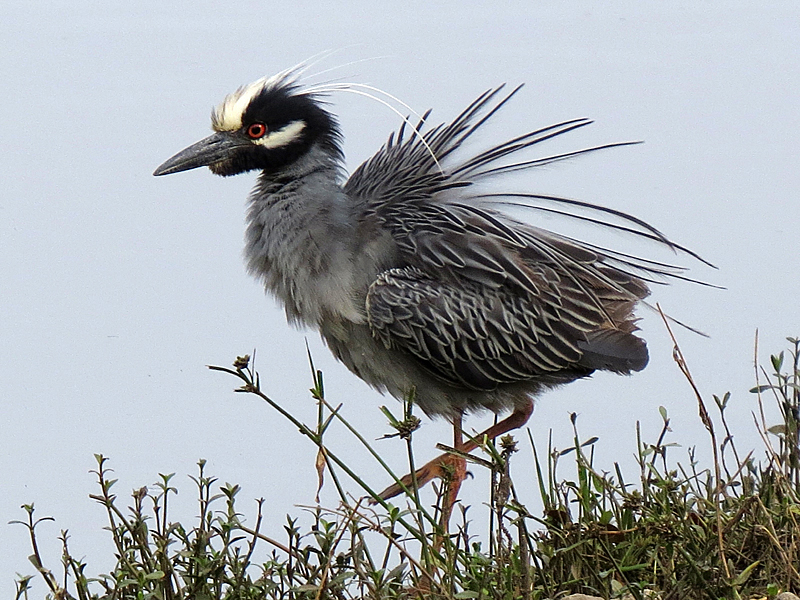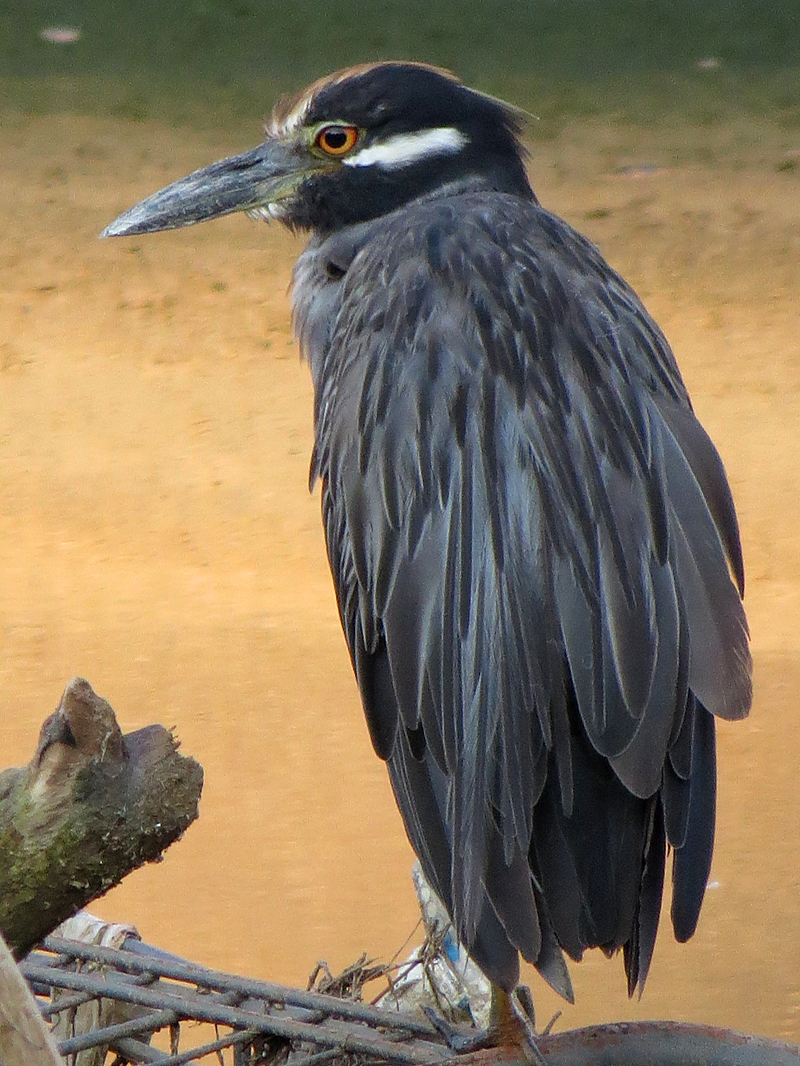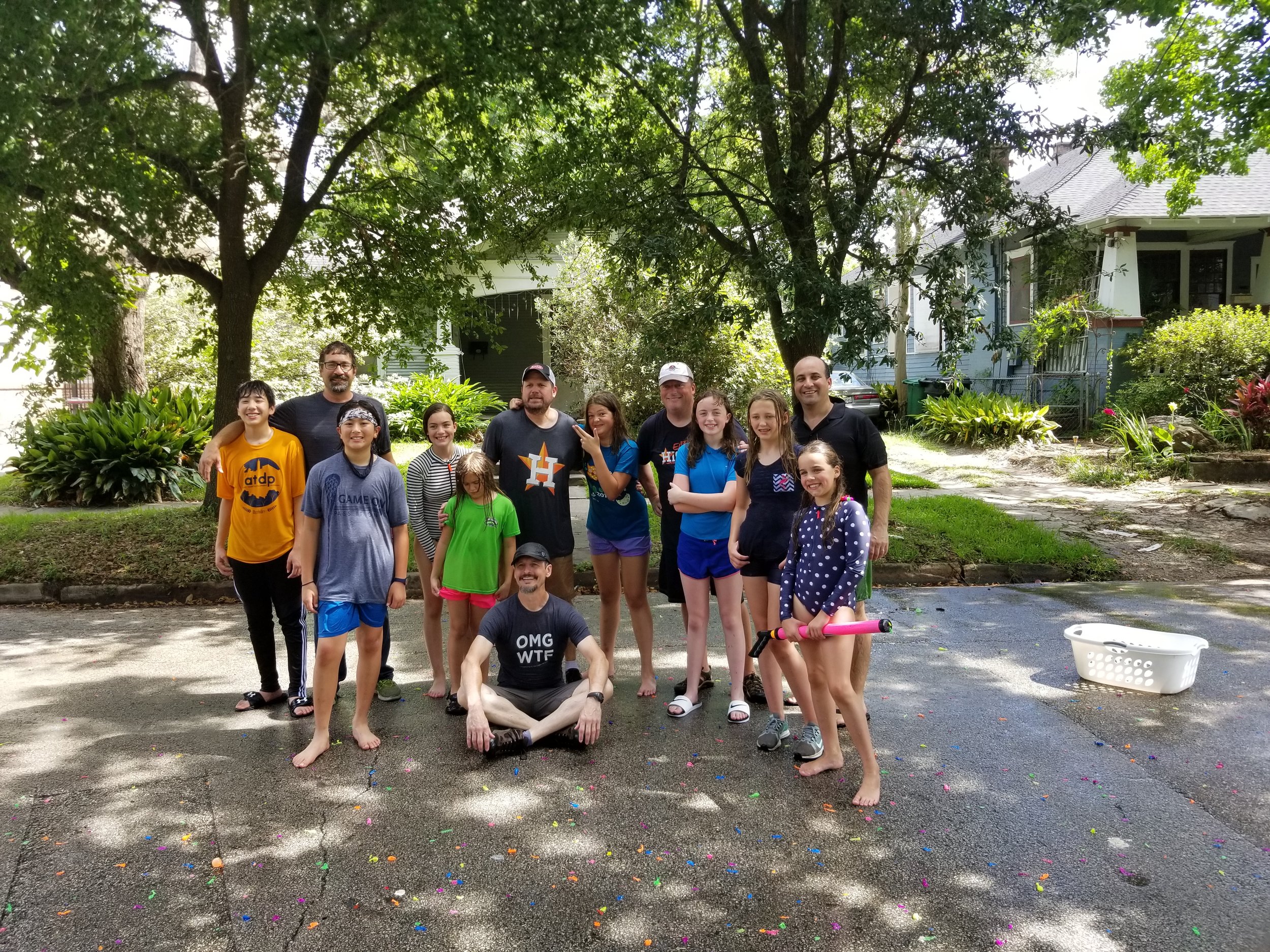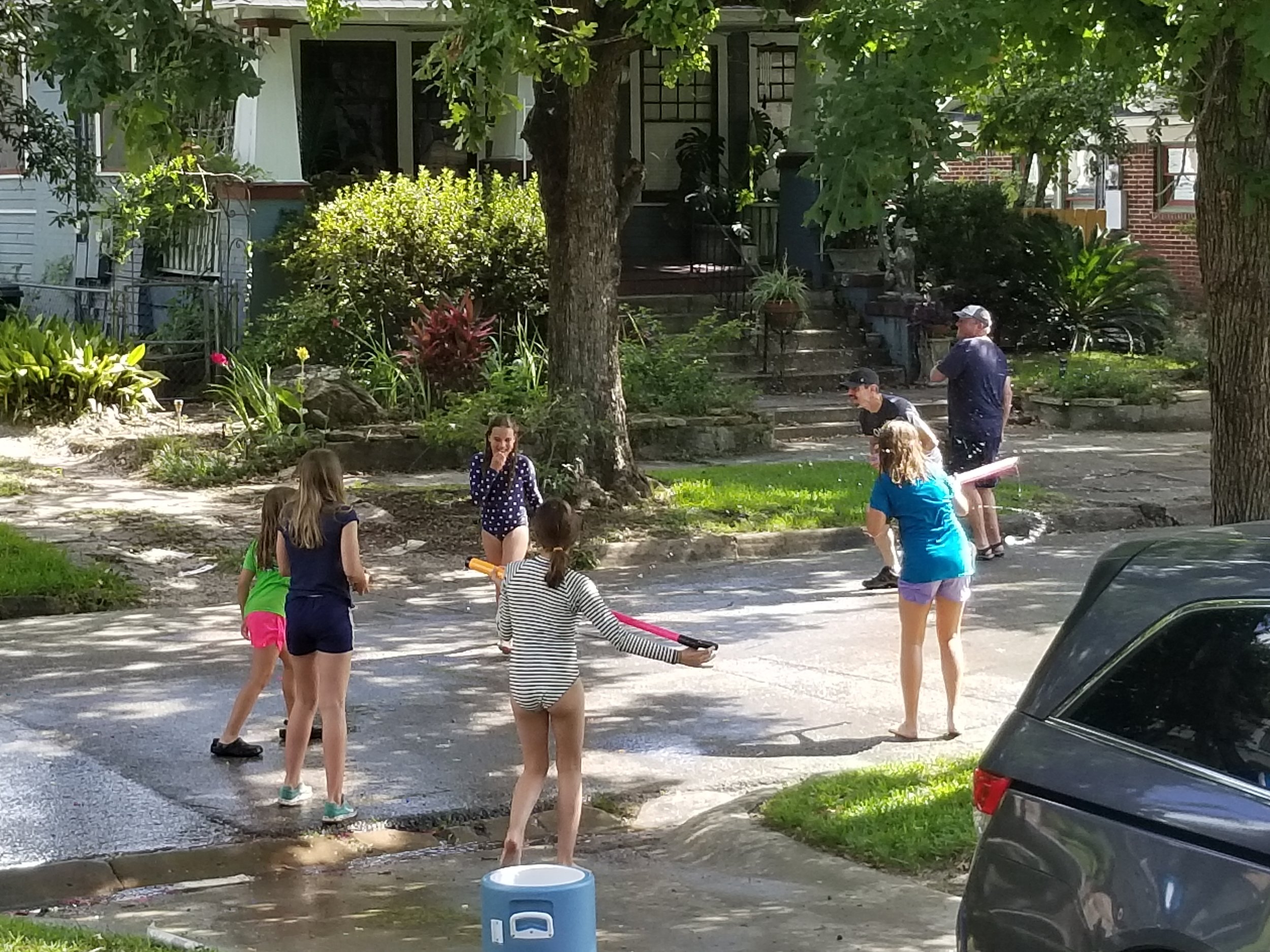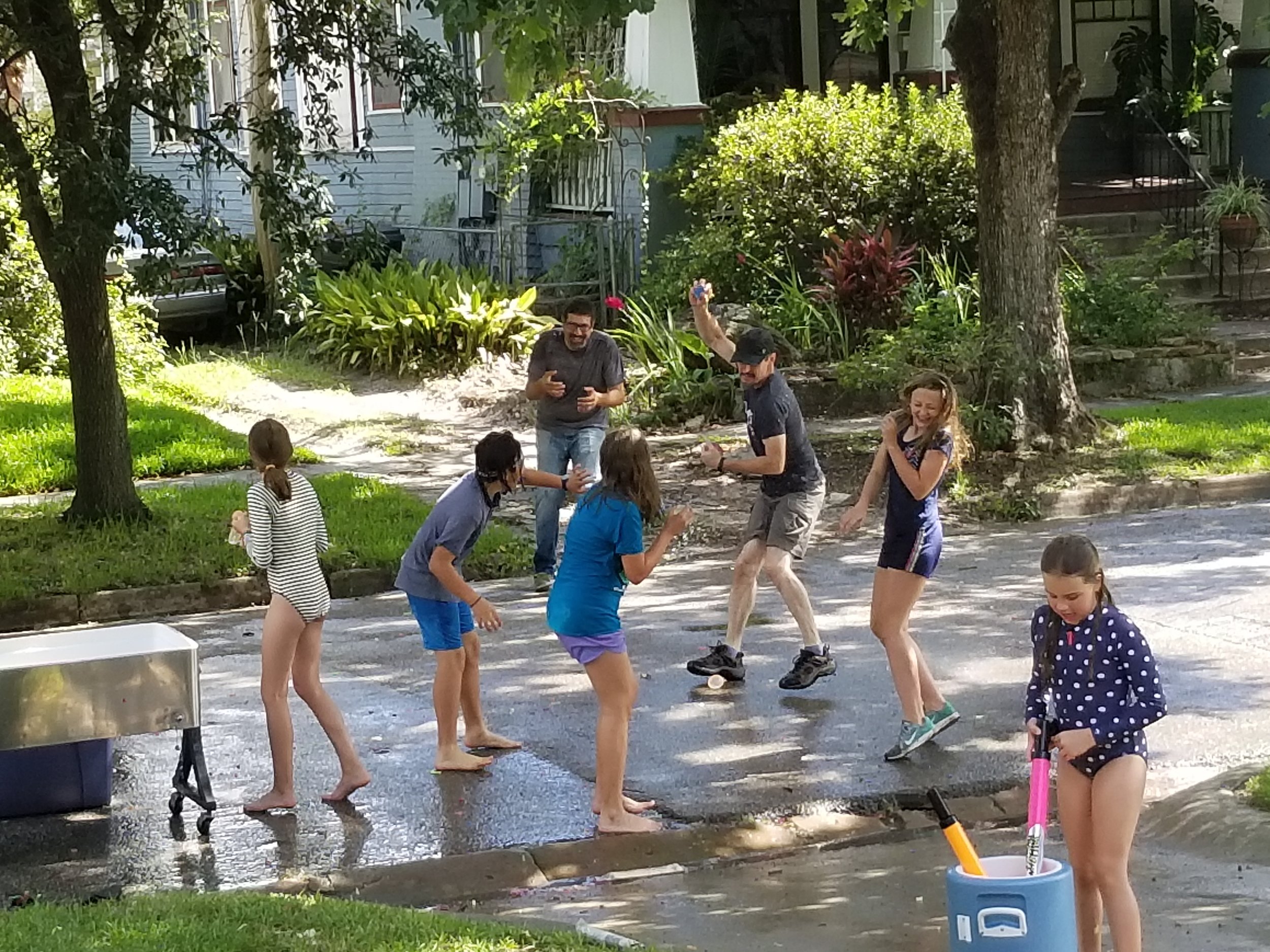Hi Neighbors:
First – a disclaimer. I am not a parent nor do I play one on TV.
Second – a friend asked if I had any ideas for a scavenger hunt for kids and I’m getting the sense that some of you parents out there might be getting just a tiny bit stir crazy. So here are some ideas for things to do…
#1 - Wildflowers
It is the absolutely best time of year to learn about wildflowers. You could download the free East Texas Wildflowers app (at Google Play or the App Store), head down to the bayou (or park or whatever), and challenge the kids (and/or you!) to ID every wildflower you find.
The app is simple to use. Select the plant type (wildflower or vine), pick a color, count the petals, and select the leaf arrangement. Once entered, these choices narrow down options to the point where you can scroll through and compare the app’s photos to your flower and work out the ID.
Have the kids take photos and use a journal to draw sketches and write descriptions. Then group flowers by different variables (color, number of petals, size, leaf arrangement, etc.) and challenge the kids to ID what’s the same and what’s different about each (a useful skill for pre-algebraic thinking).
Older kids can learn about plant families. There’s a great intro to plant families at http://www.wildflowers-and-weeds.com/Plant_Identification/Patterns_in_Plants.htm that is drawn from the book Botany in a Day. (The book is a slightly challenging read for adults, but has some good drawings/overviews kids can use.)
If older kids or adults want an old-school field guide, I would recommend A Field Guide to Southwestern and Texas Wildflowers. It’s not as flashy as the newer regional guides but is an excellent hard core resource.
#2 - Bird Watching
Go bird watching! Particularly if you have binoculars. If you are new to birds, download some of the zines or posters I’ve put at http://whiteoakbayou.org/resources-and-zines.html. Each features a small group of similar birds. Bring chairs to the edge of the bayou and learn to ID each of the herons and egrets (zine/poster #1) and diving birds (#6) you’ll find there (these birds are big enough to ID without binoculars).
Or wander the neighborhood and search for birds like cardinals and other commoners (#4), pigeons/doves (#5), and blackbirds (#10). If you are up for a challenge, bring binoculars, a blanket and picnic basket and hang out in the shade of bridge that crosses over a bayou while you learn to ID the aerialists who may be nesting under the bridge (#7) and/or watch for soaring hawks (#2 and #3).
#3 - Further Bird Watching
Take the bird thing a step further and download the free BirdsEye Texas app, Merlin Bird ID app and/or Audubon Birds app. Go to http://whiteoakbayou.org/uploads/3/4/9/1/34911613/thebestfeatures-of-threefree_birdapps2018-07-12.pdf to download an intro to each and directions for how to use the BirdsEye Texas app to create a mini-field guide that features only the birds that are being reported right around you.
#4 - Monitor Nesting Birds
Become a Yellow-crowned Night Heron expert by keeping tabs on the nests that are just now being built/repaired in mature Live Oak trees in various neighborhoods. It’s easiest to see these birds early in the morning or just before dusk, but you can go looking anytime.
Take a notebook, list each address where you find a Yellow-crown, and keep records of how many you see at each nest every time you pass by. Note that young Yellow-crowns are brown with light spots and then transition slowly into adults that are kind of gray with black-and-white striped faces. You can find photos of Yellow-crowns at https://ebird.org/media/catalog?taxonCode=ycnher&sort=rating_rank_desc®ion=Harris,%20Texas,%20United%20States%20(US)®ionCode=US-TX-201&q=Yellow-crowned%20Night-Heron%20-%20Nyctanassa%20violacea Very cool birds!
#5 - Draw, Partner!
Learn how to draw birds. There is a fantastic book titled The Laws Guide to Drawing Birds. The author (John Muir Laws) also has some free tutorials at his website at https://johnmuirlaws.com/ (see his blog).
#6 - Night Sky Watching
Go outside at night and learn to ID the constellations. My favorite kid-friendly book is Find the Constellations by H.A. Rey (the guy who wrote the Curious George books). Combine use of the book with a star finder app like Sky Map or Star Walk 2 and you’ll be good to go!
Hope these ideas help.
- Wendy Wright















